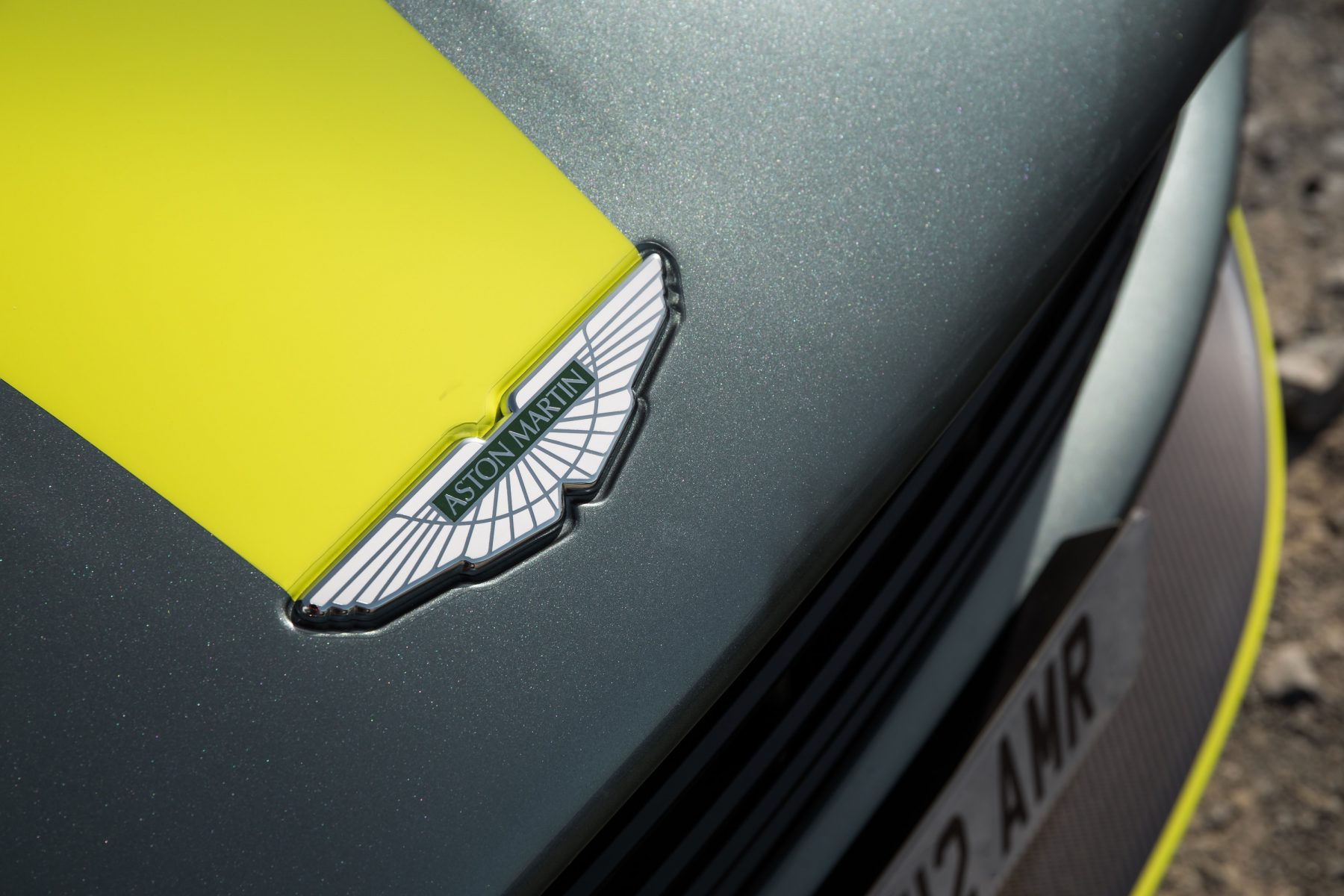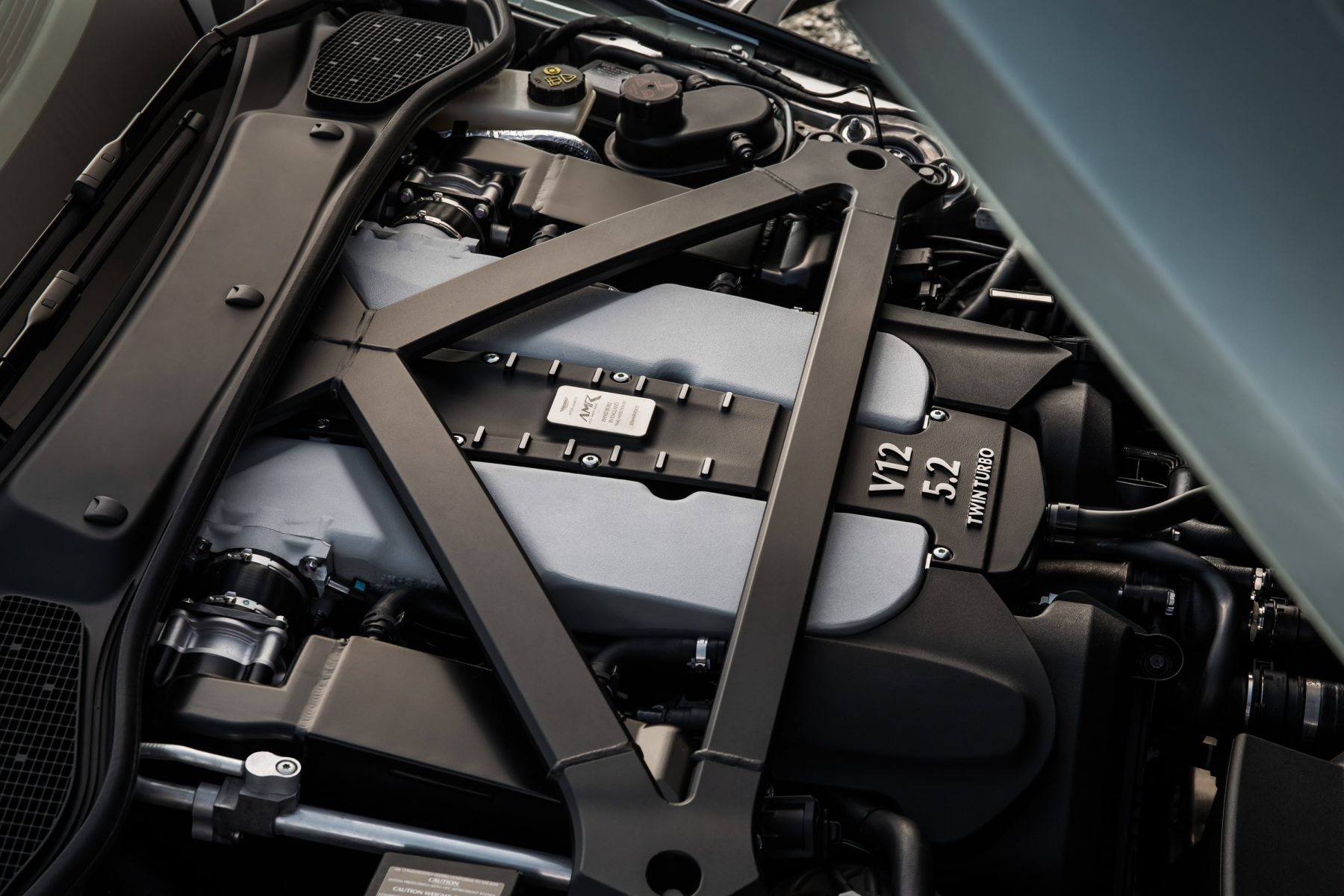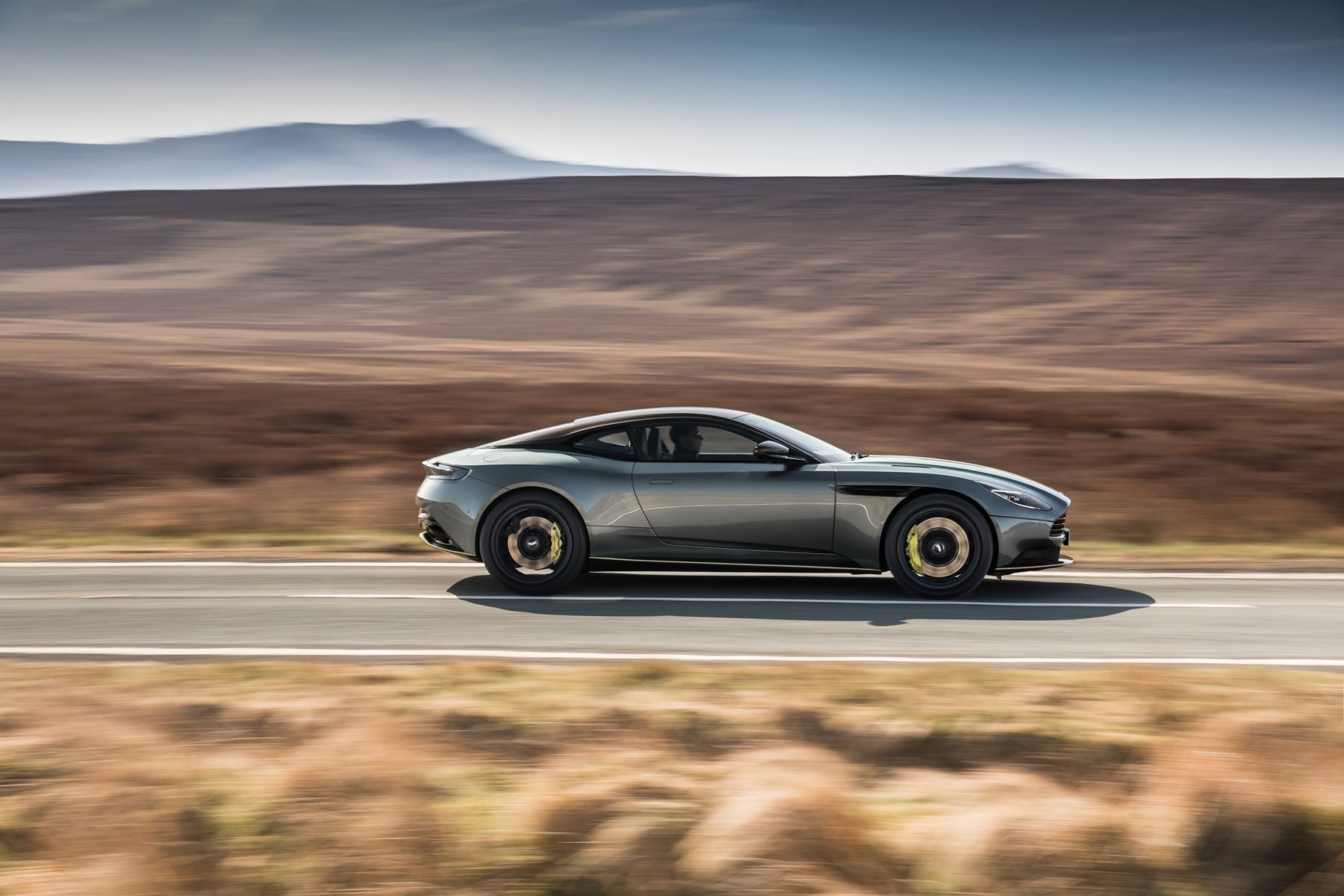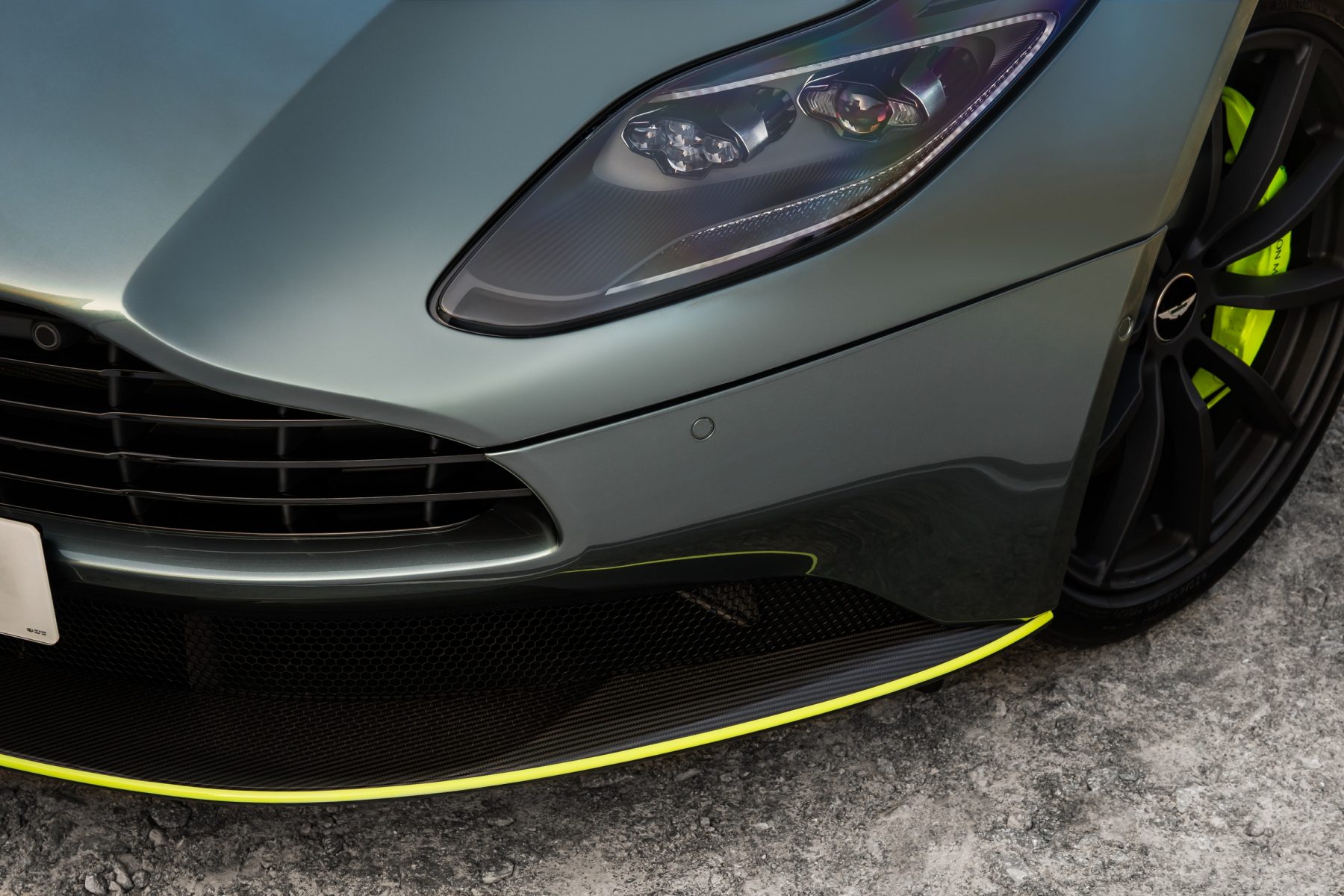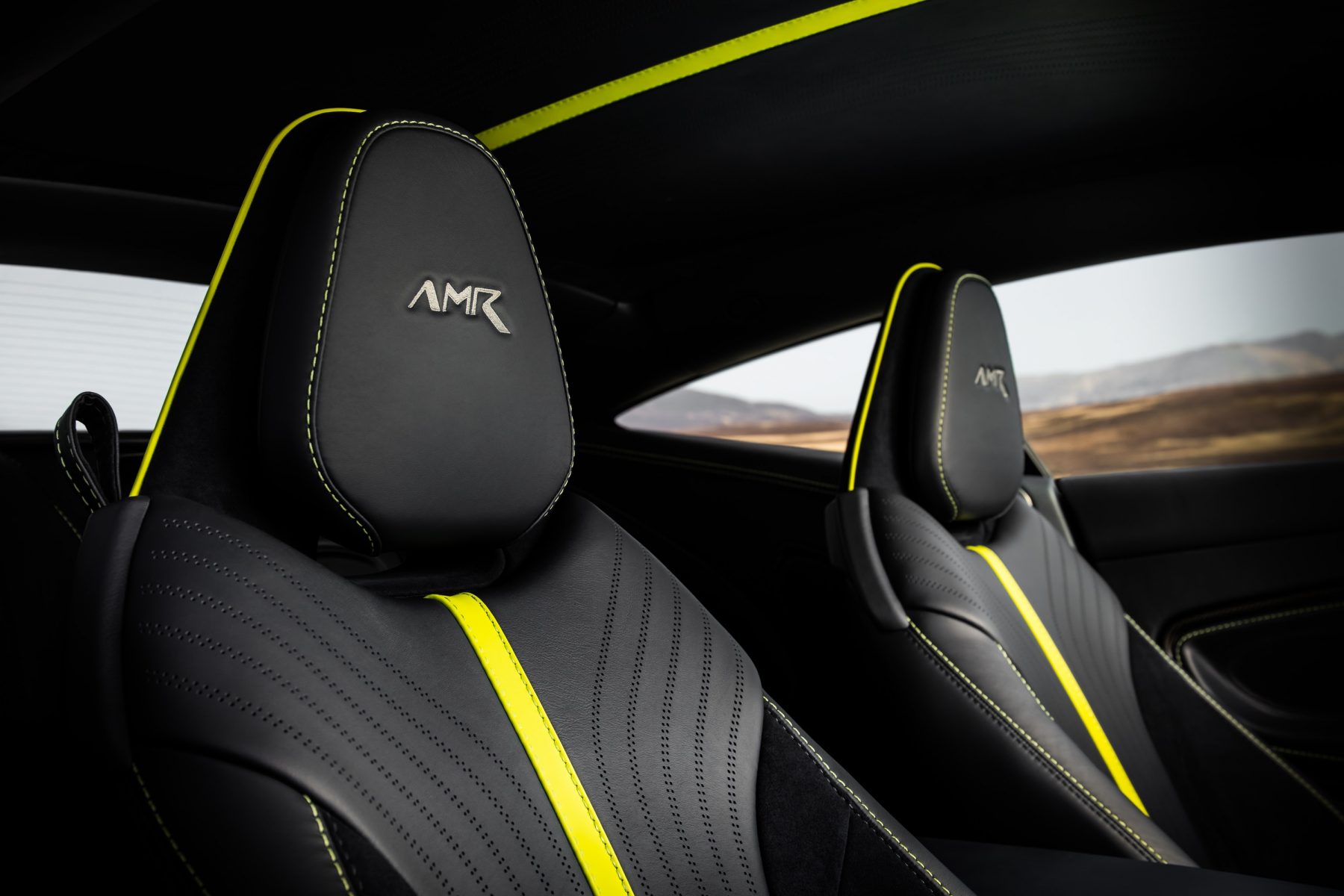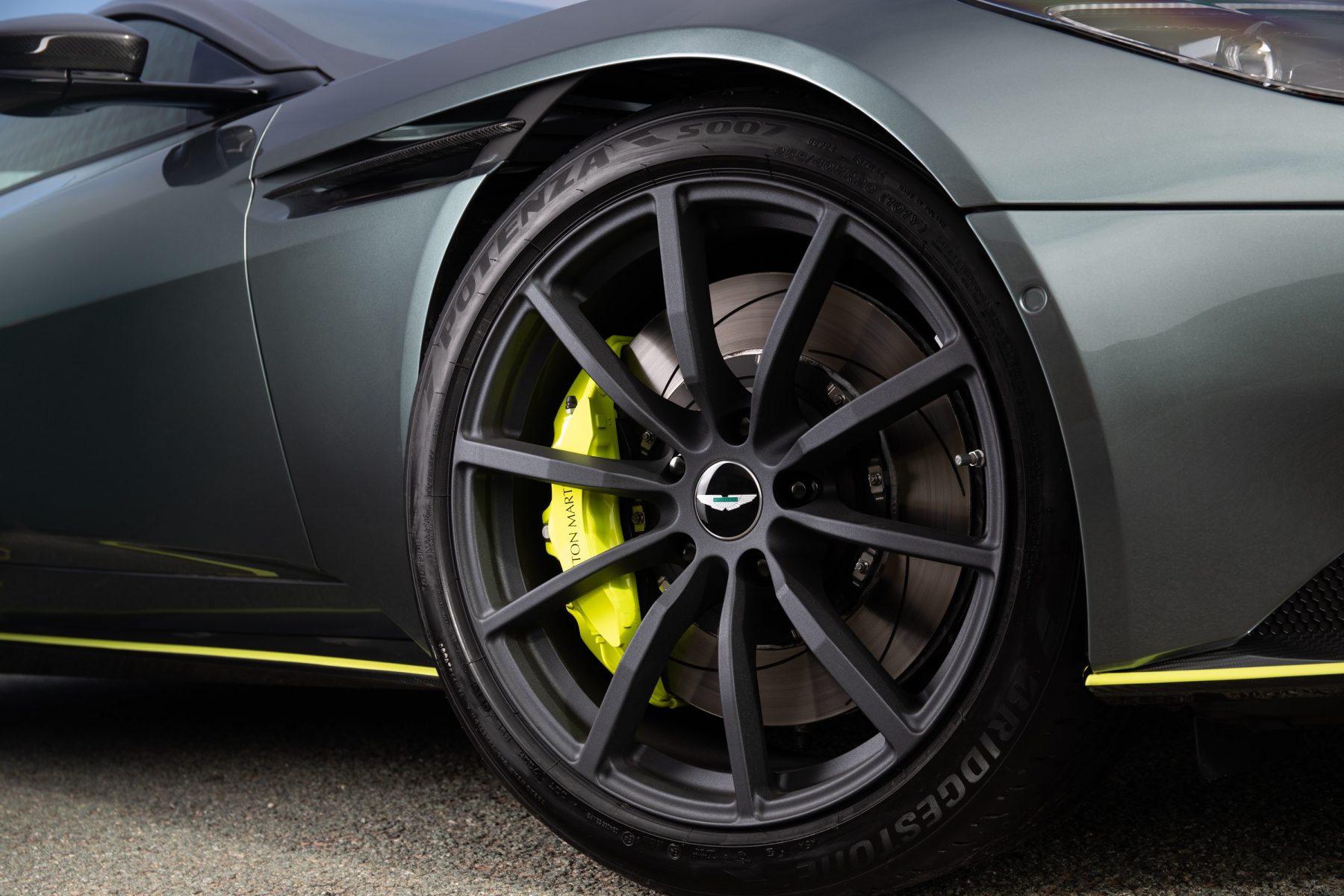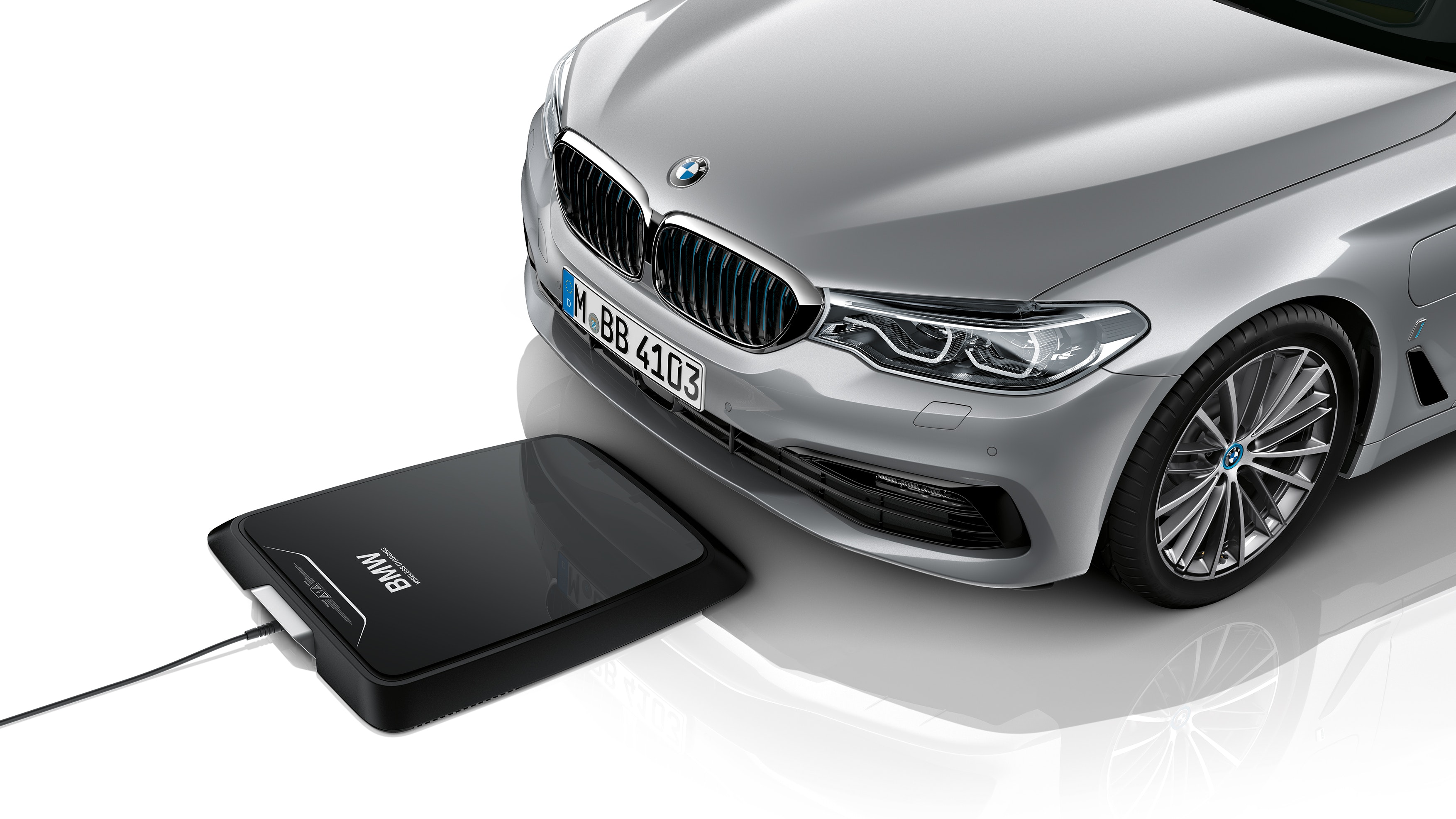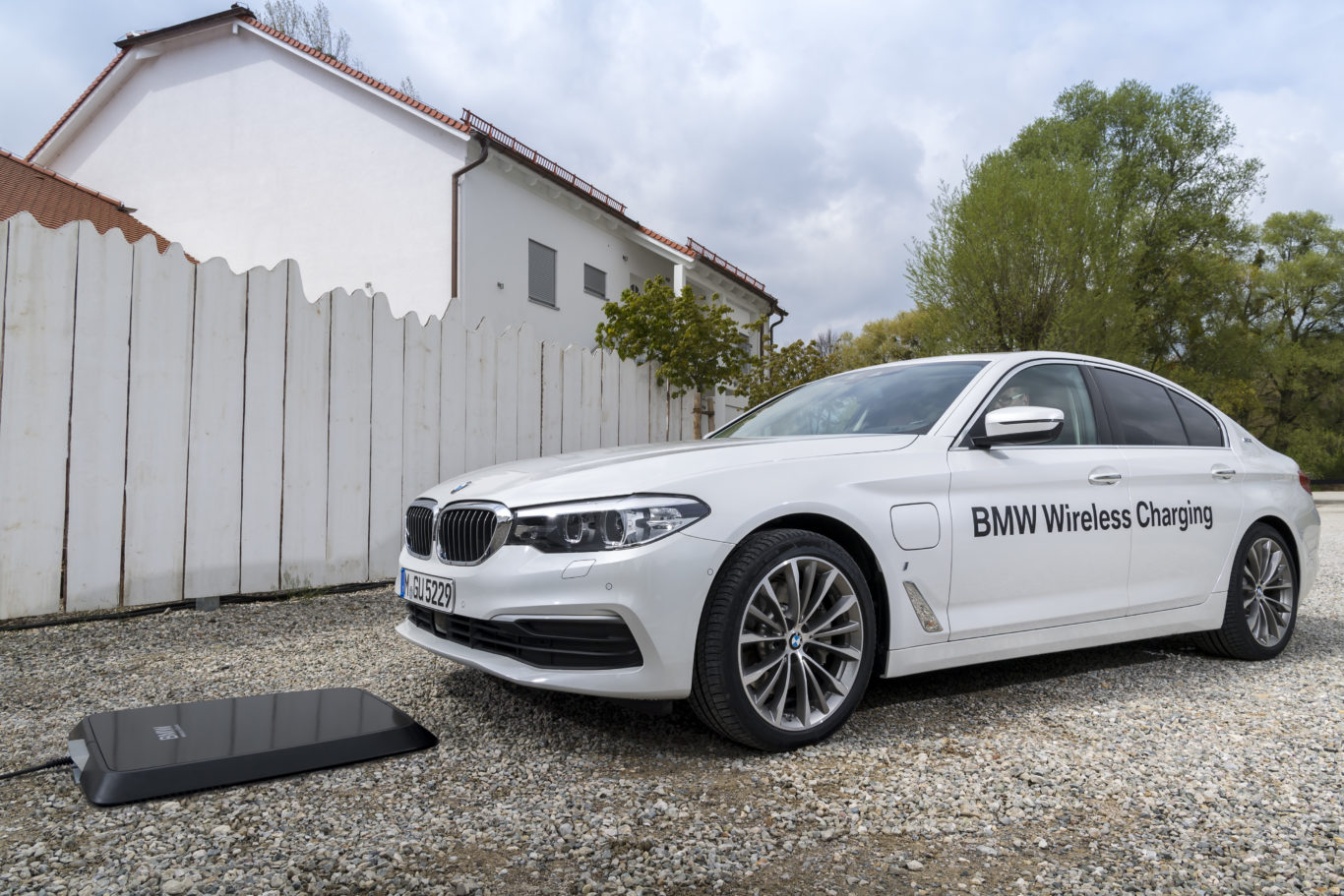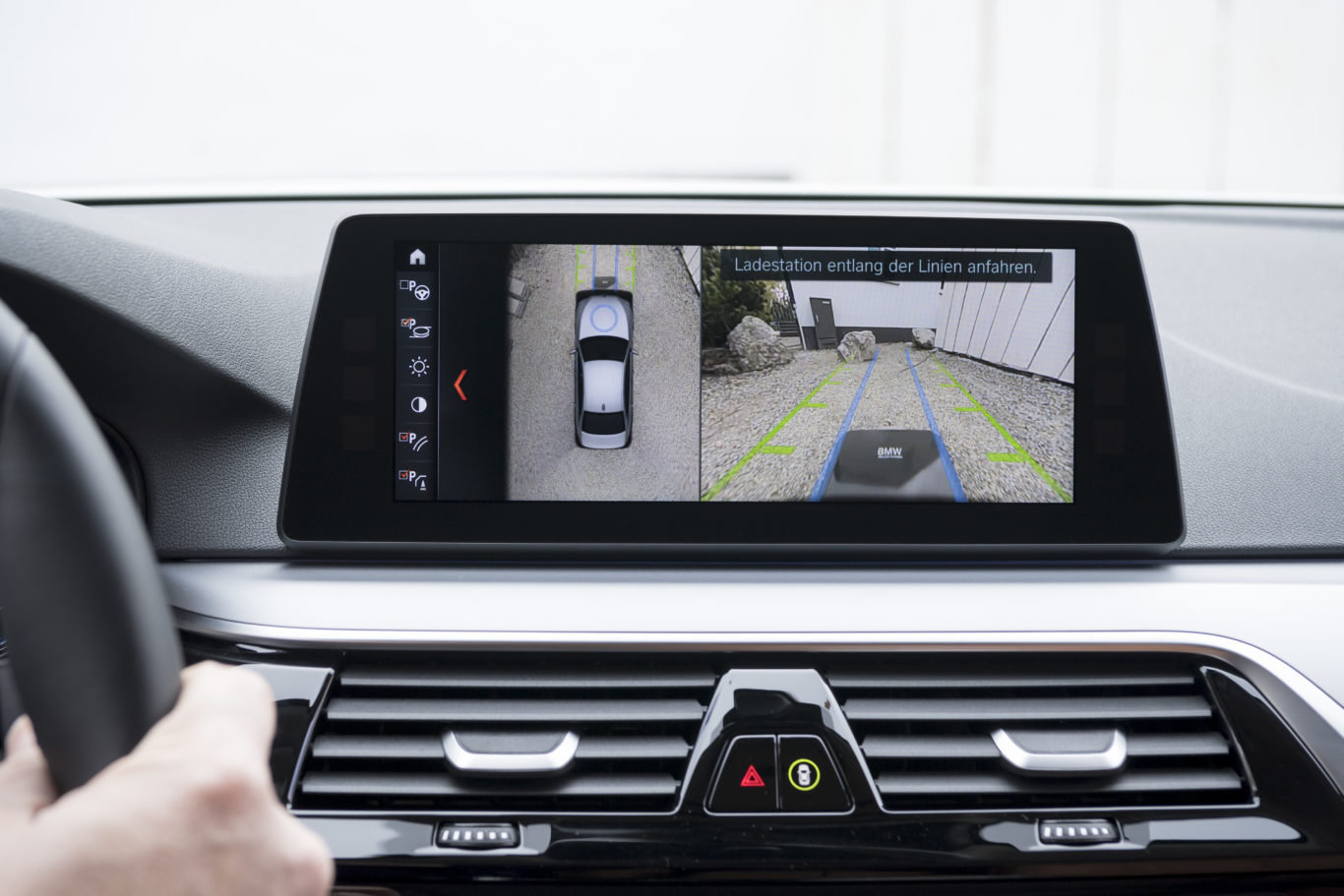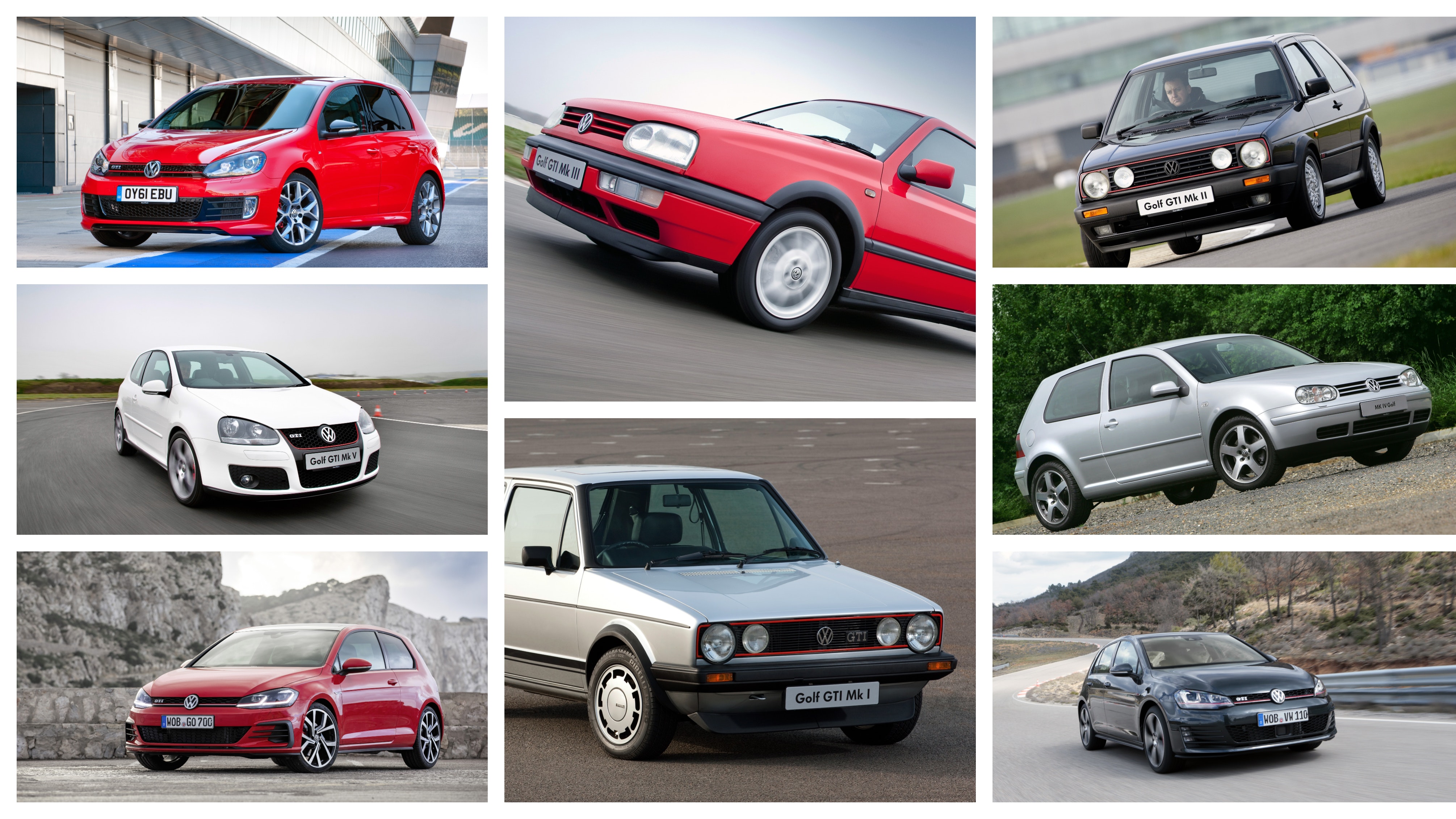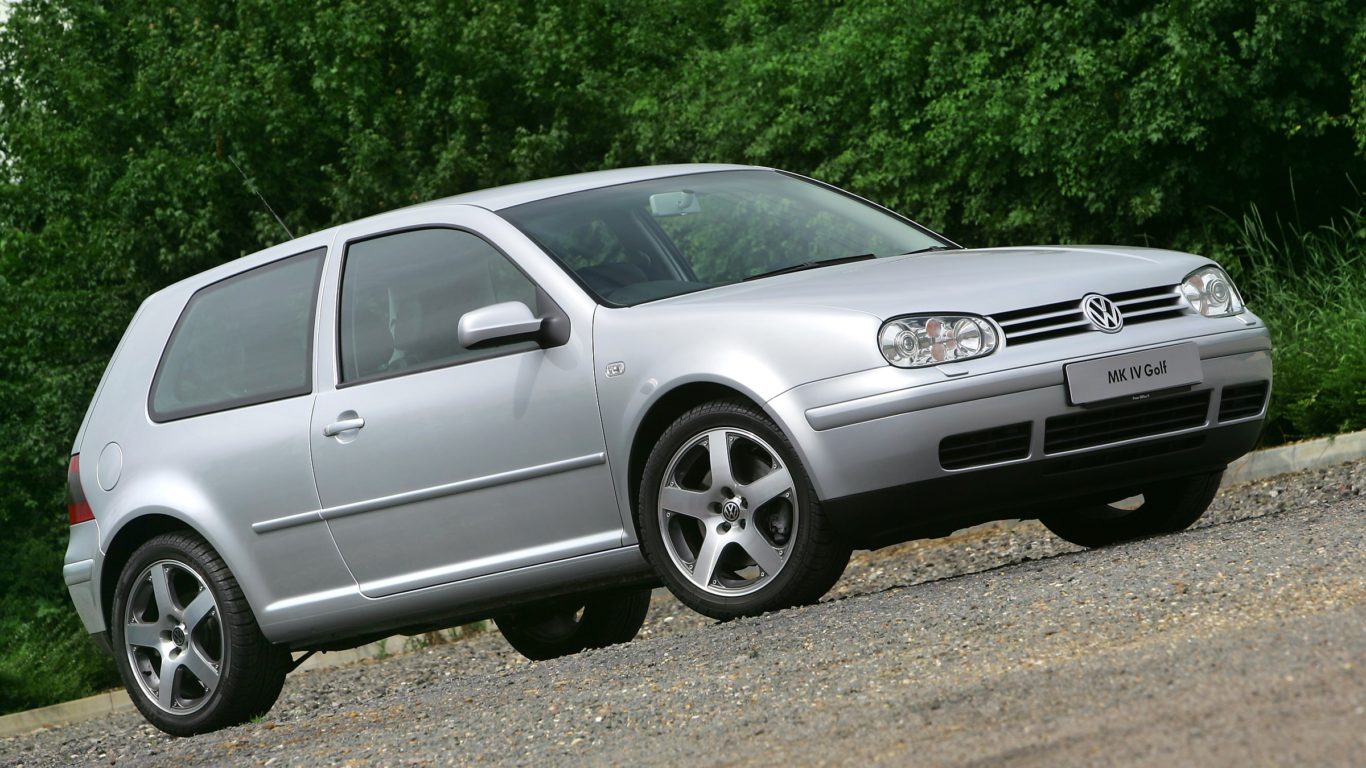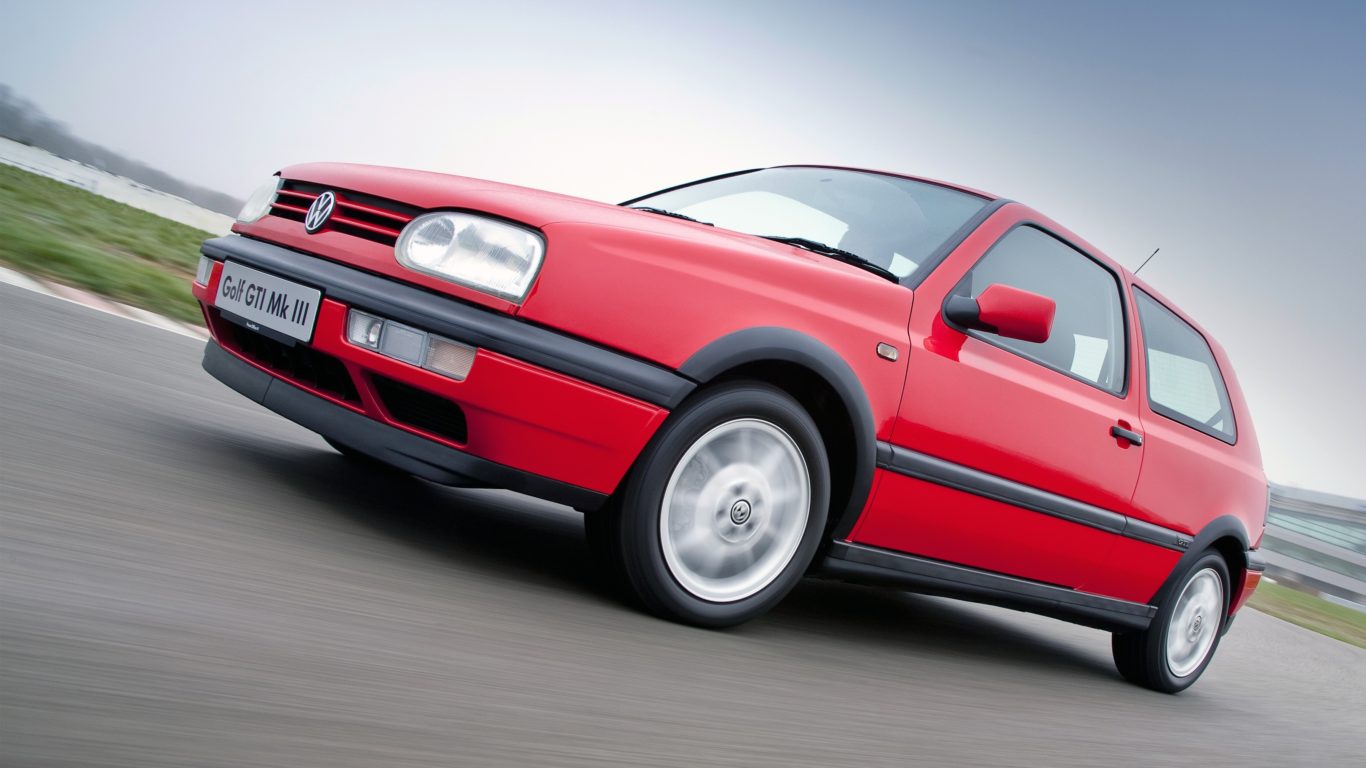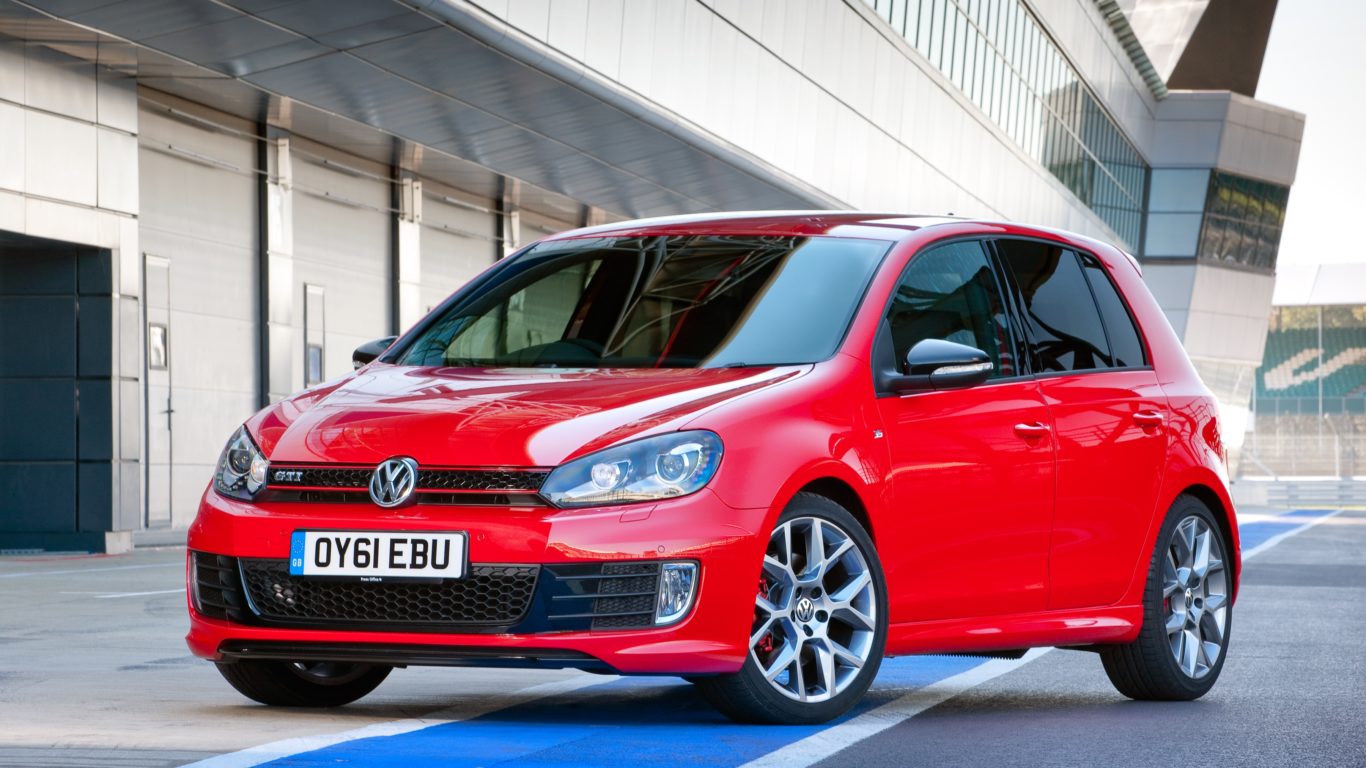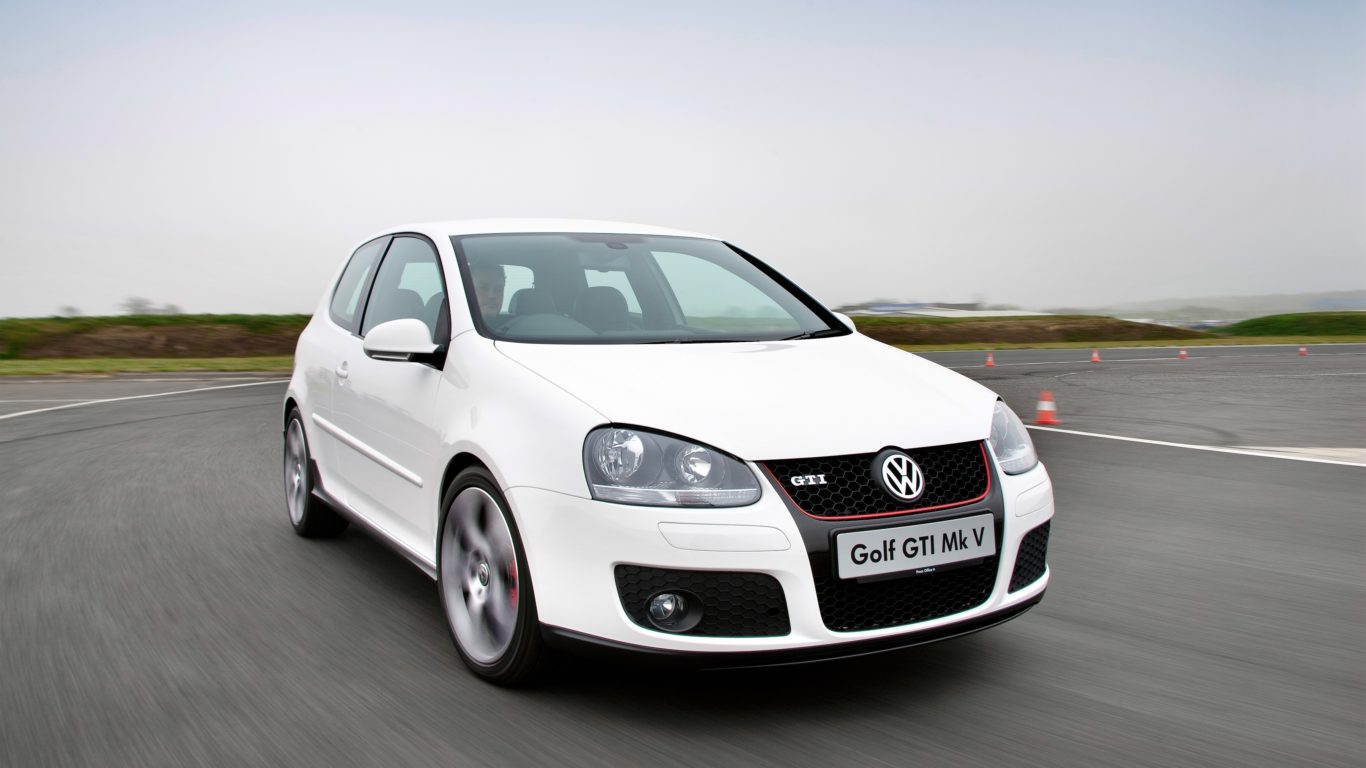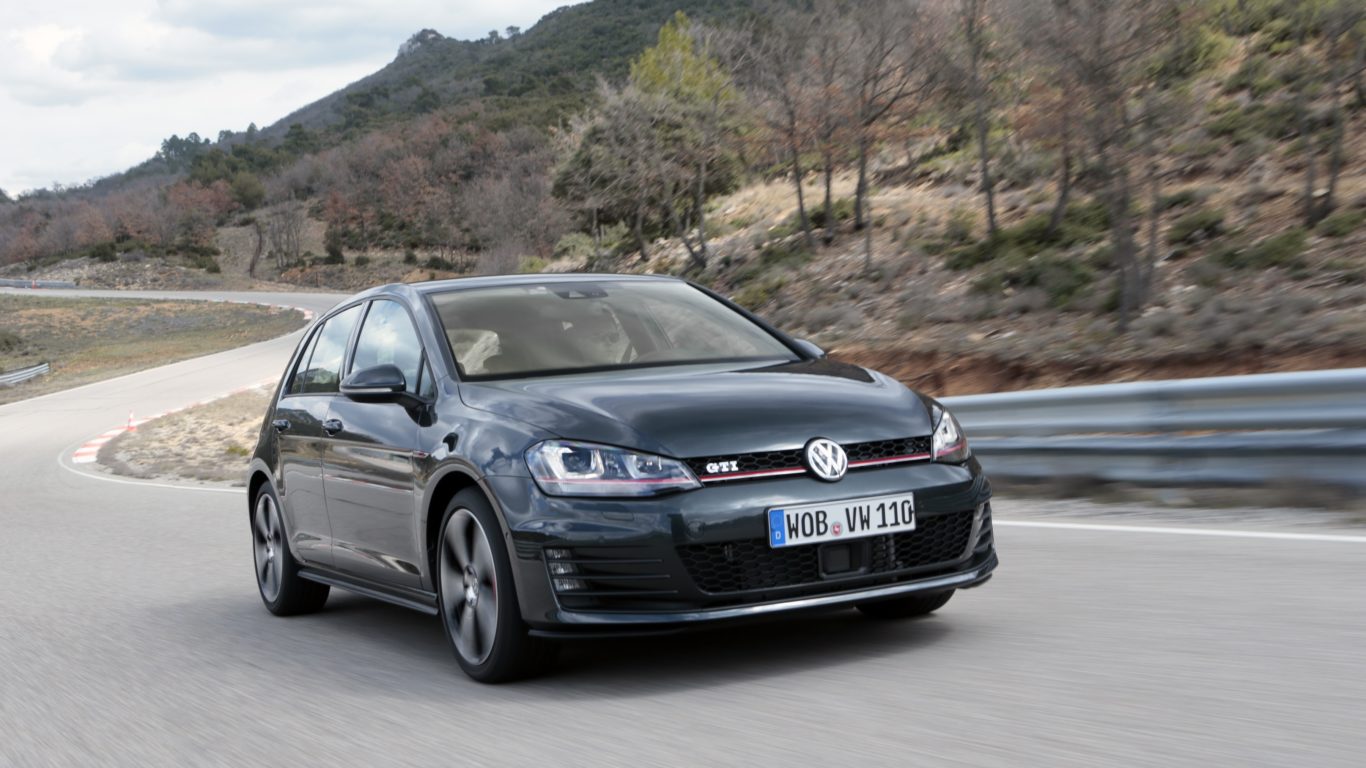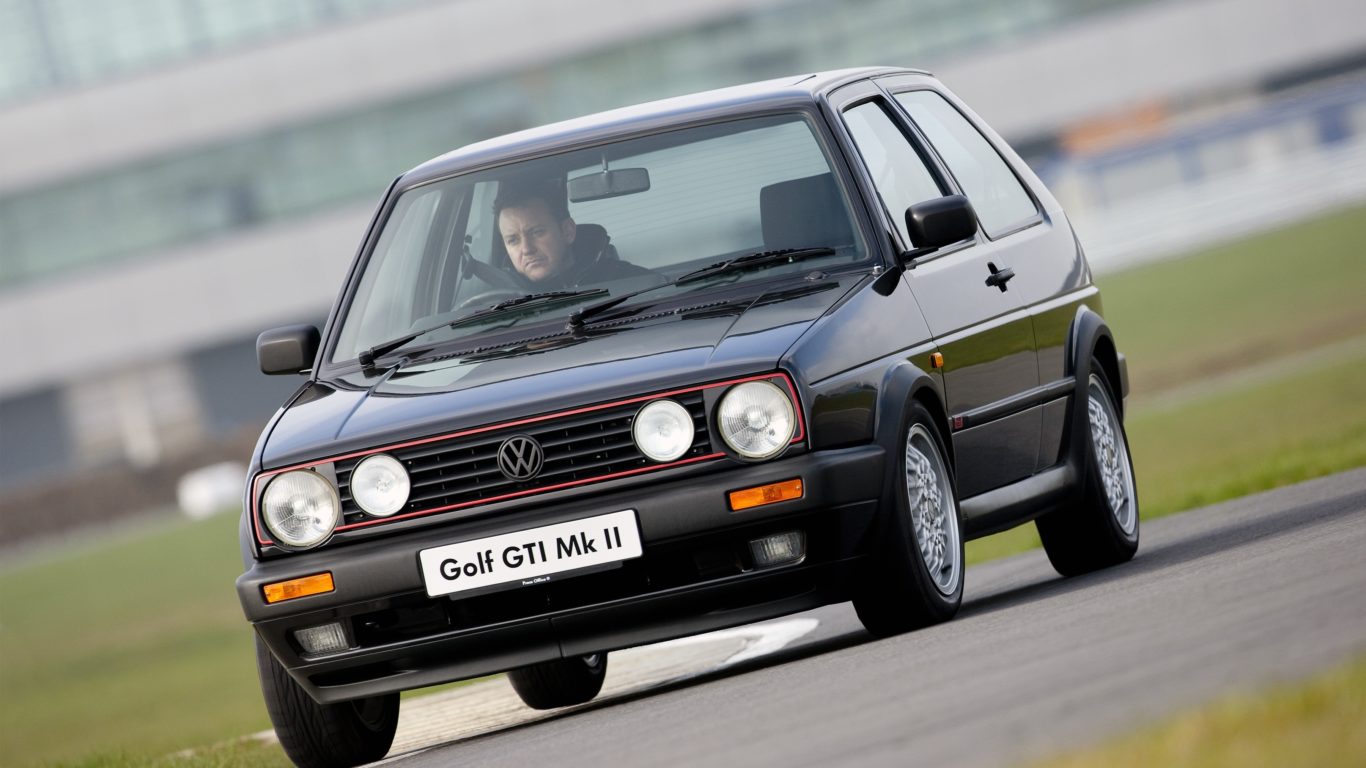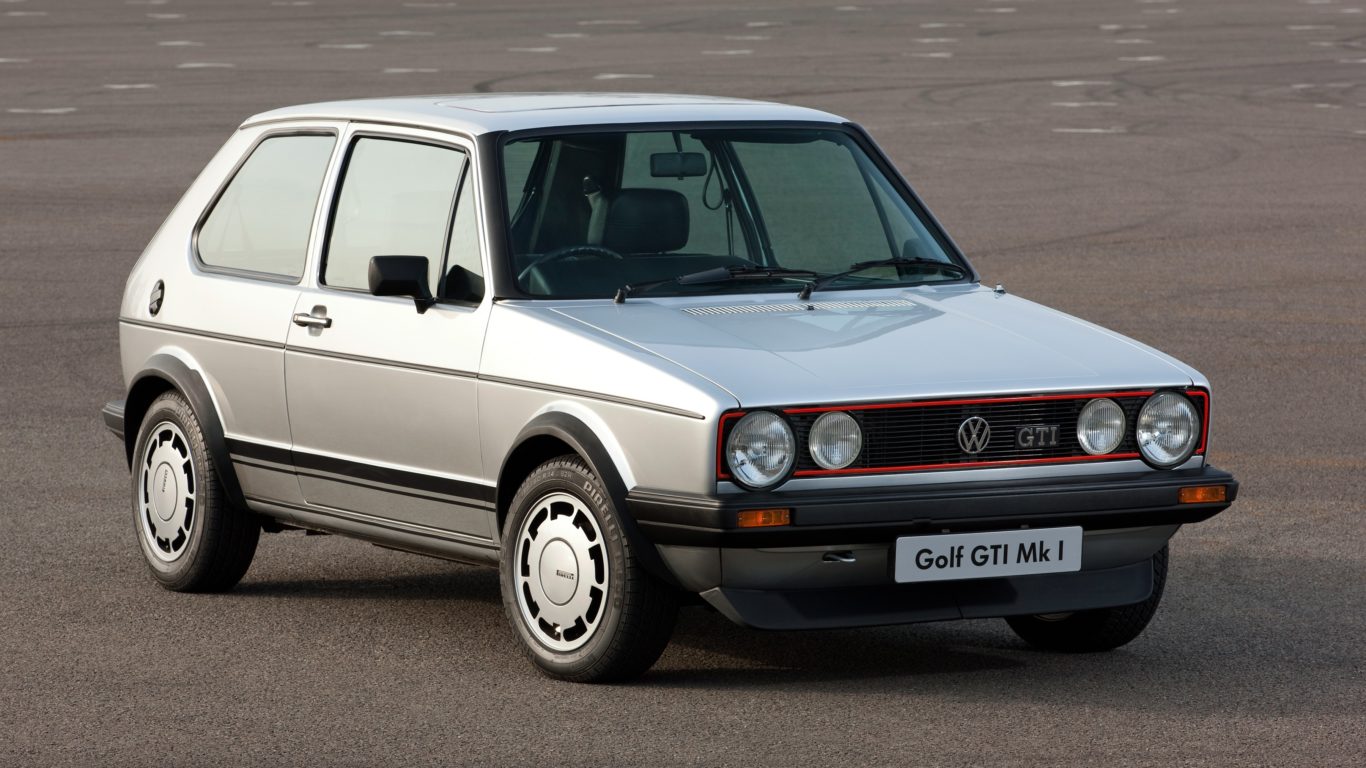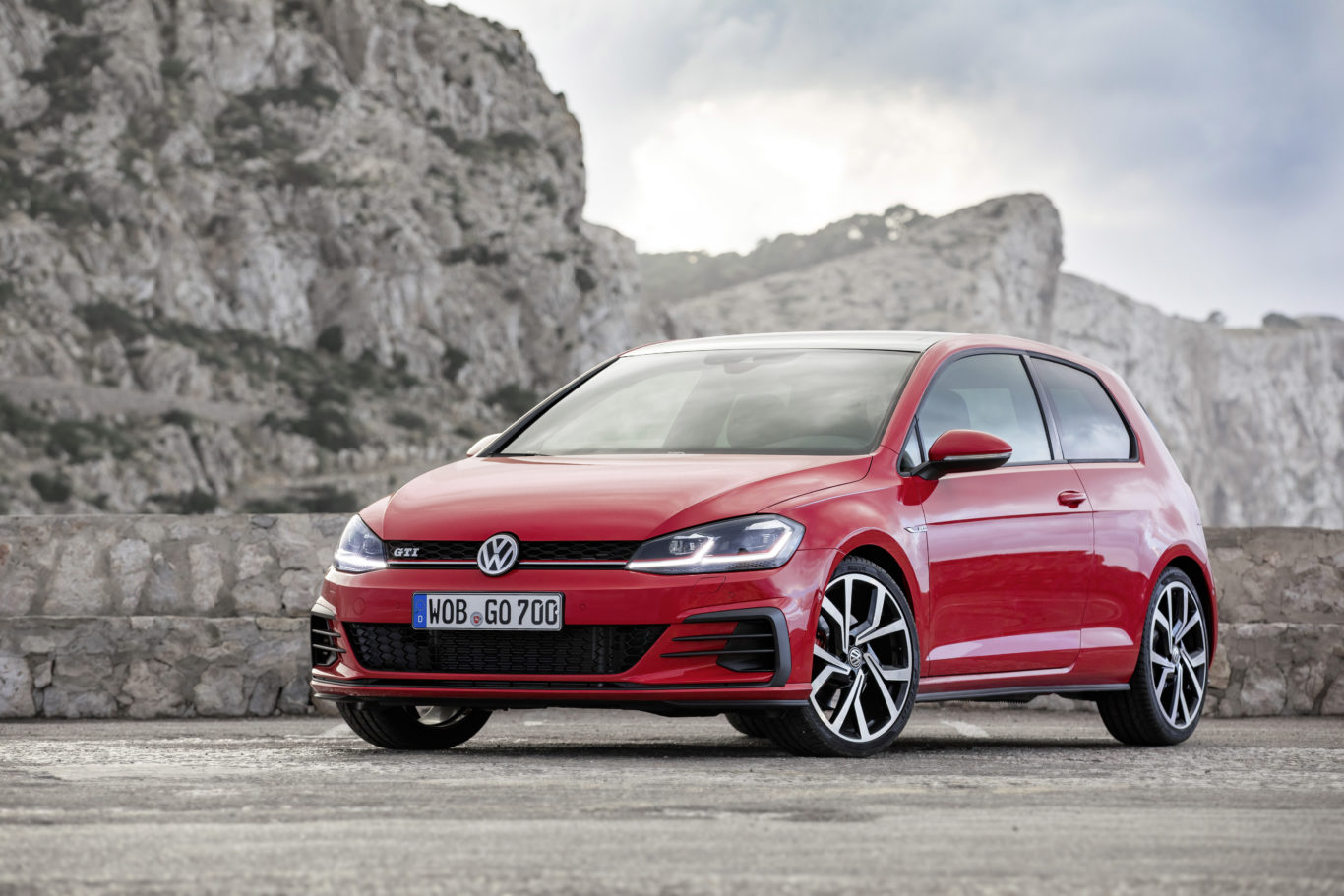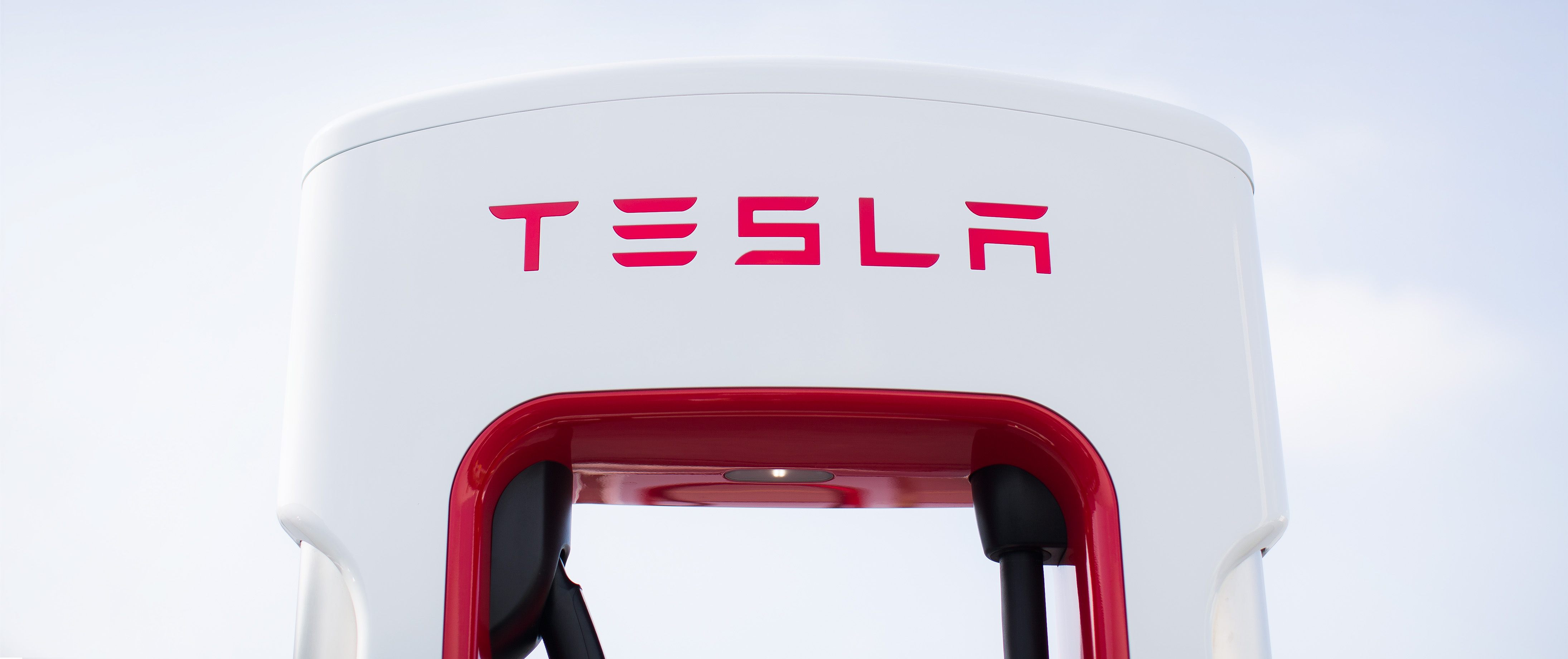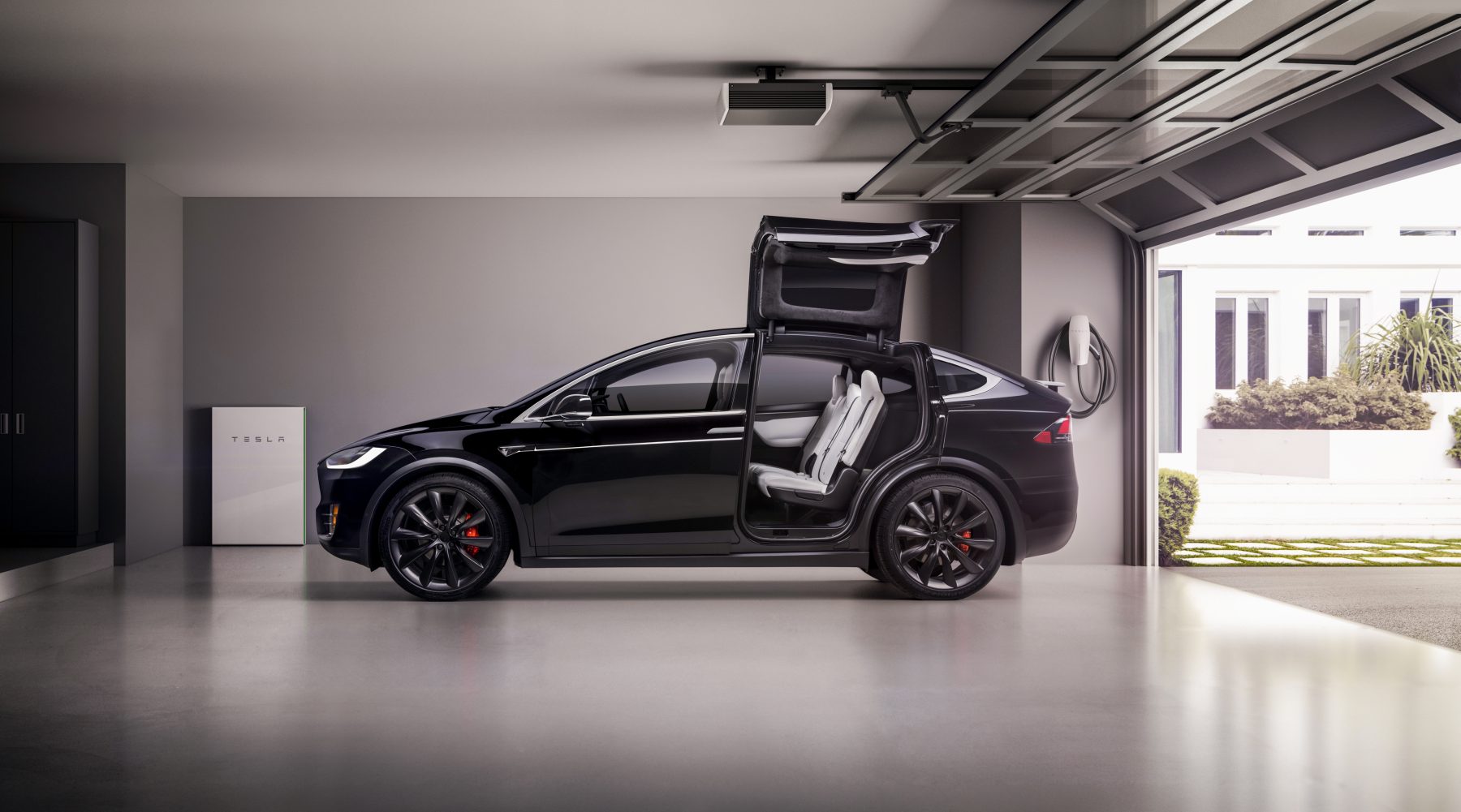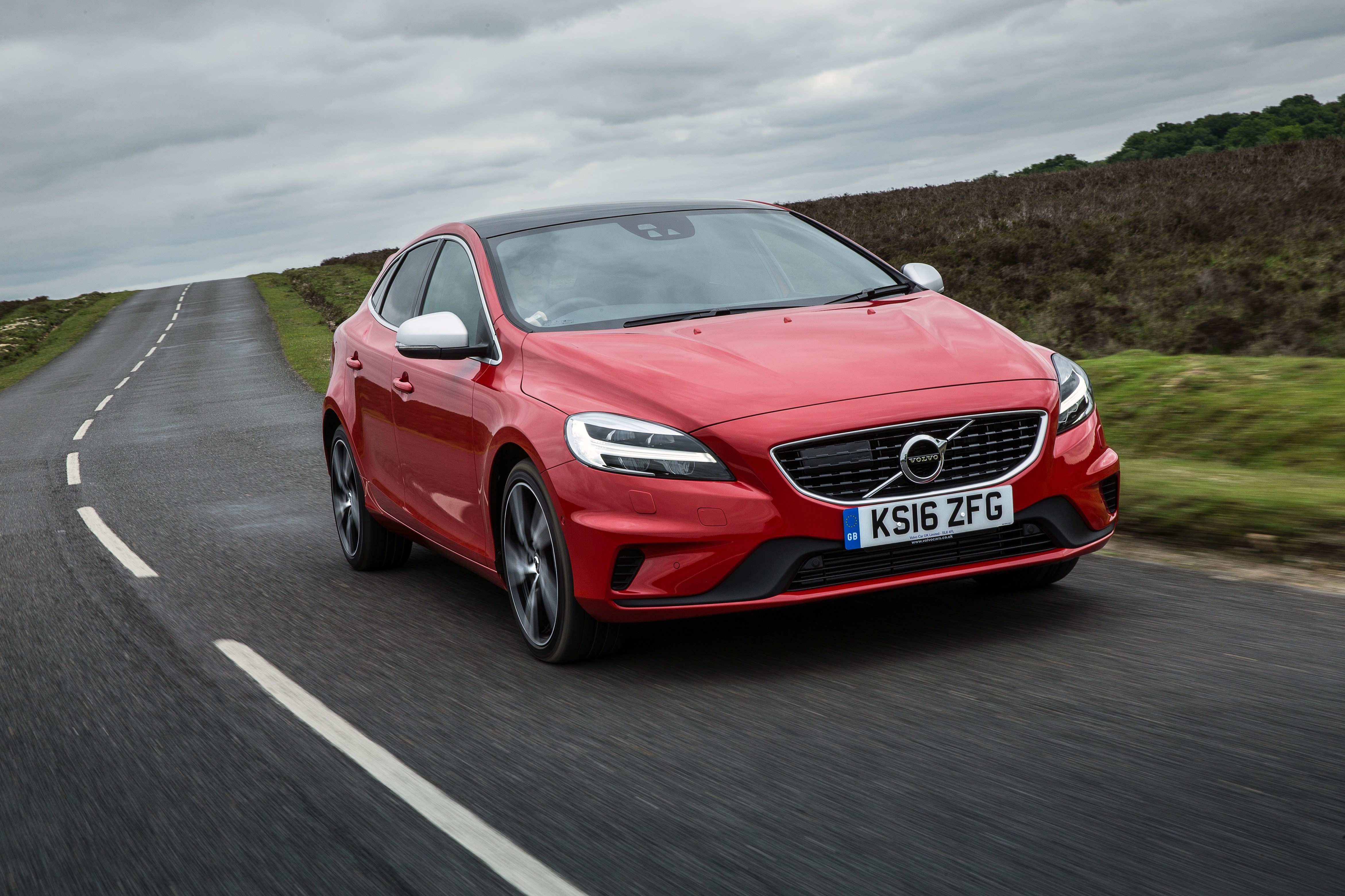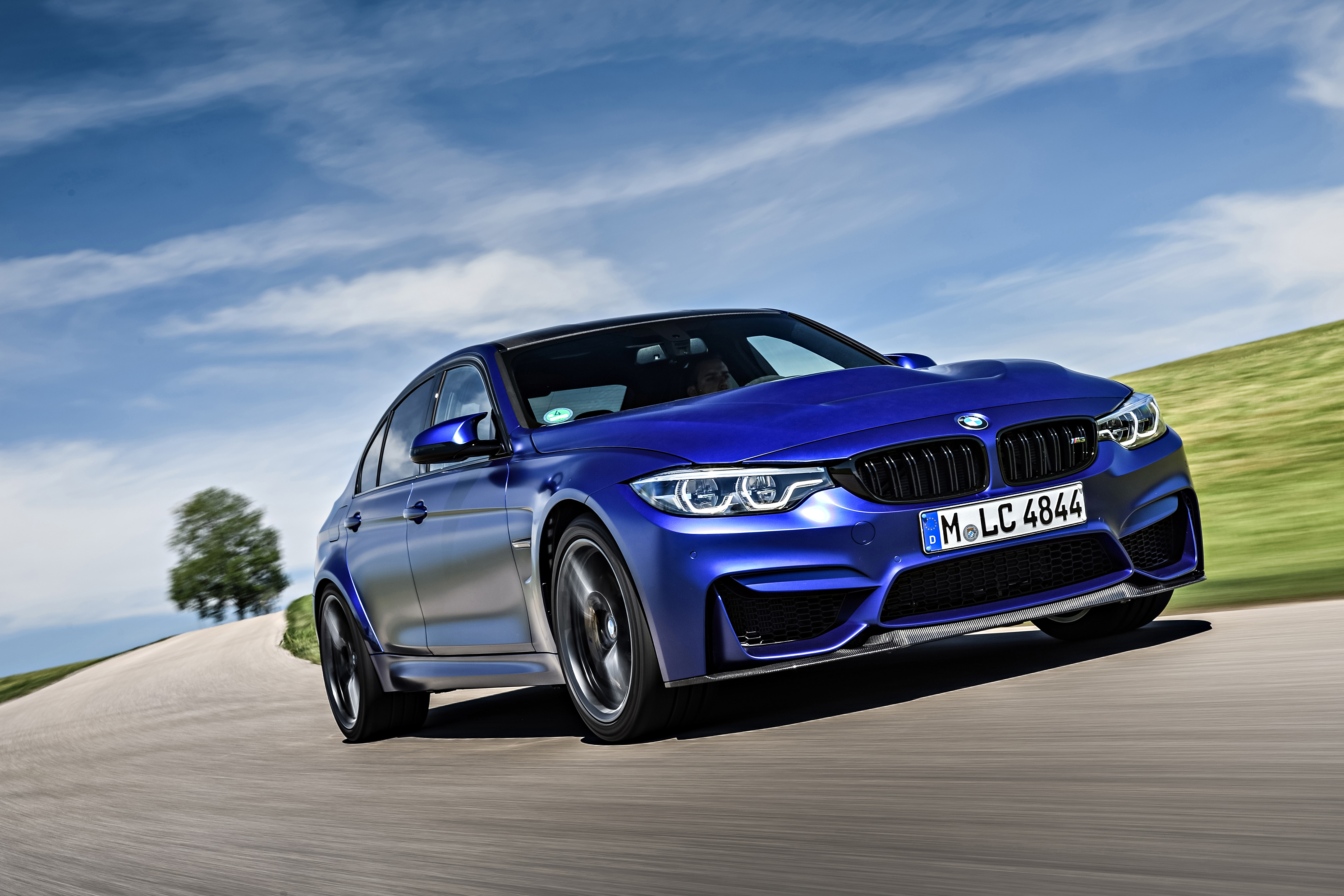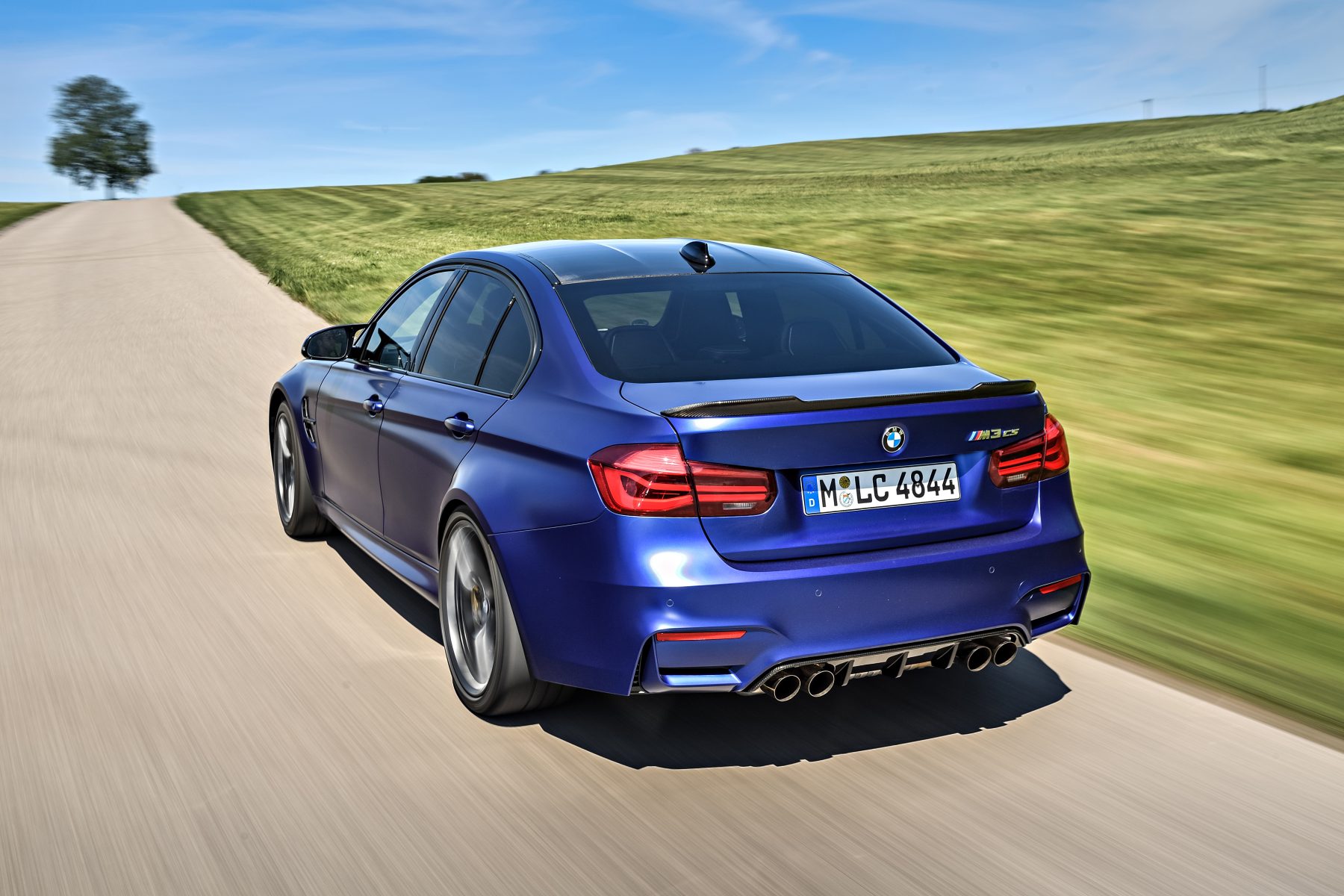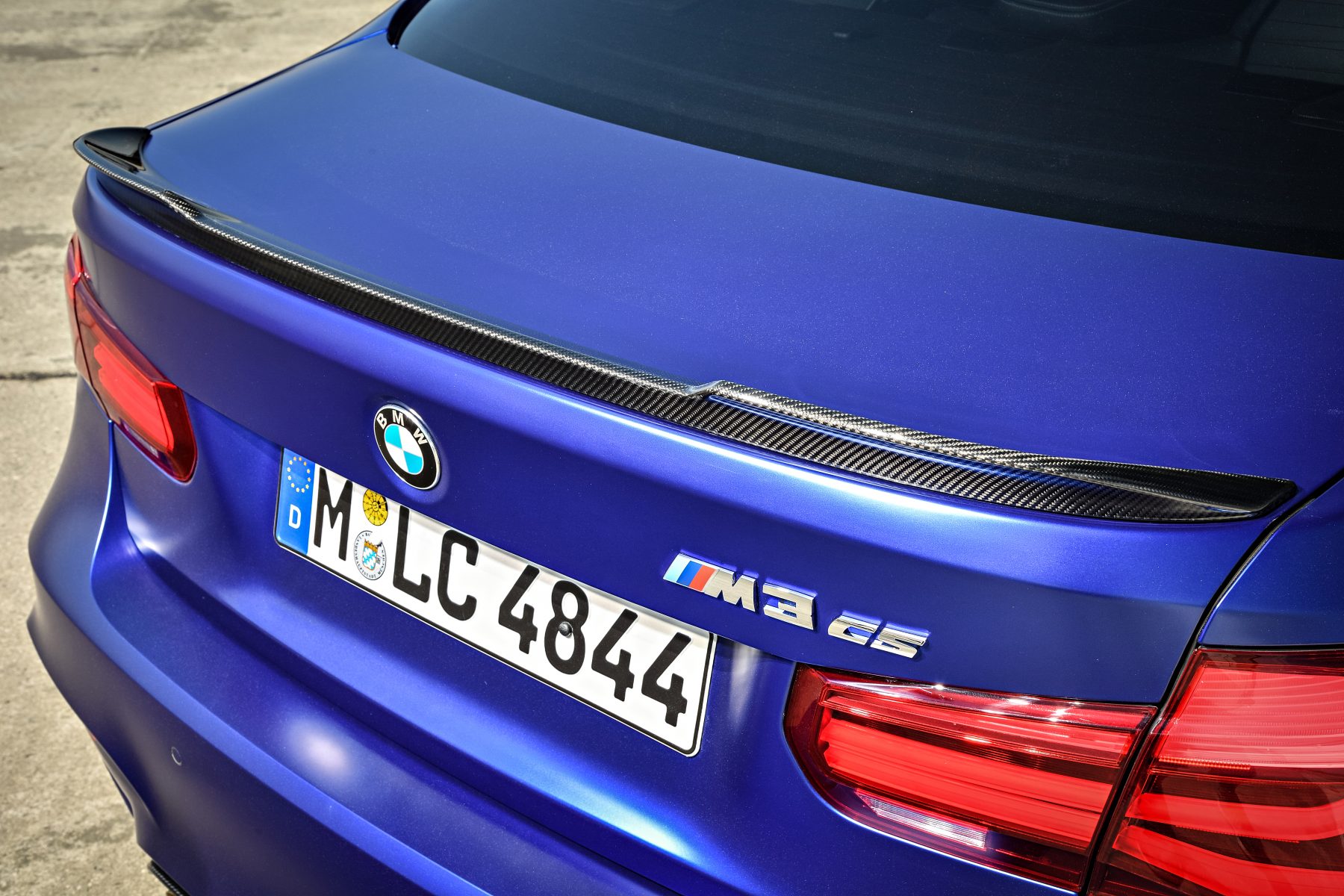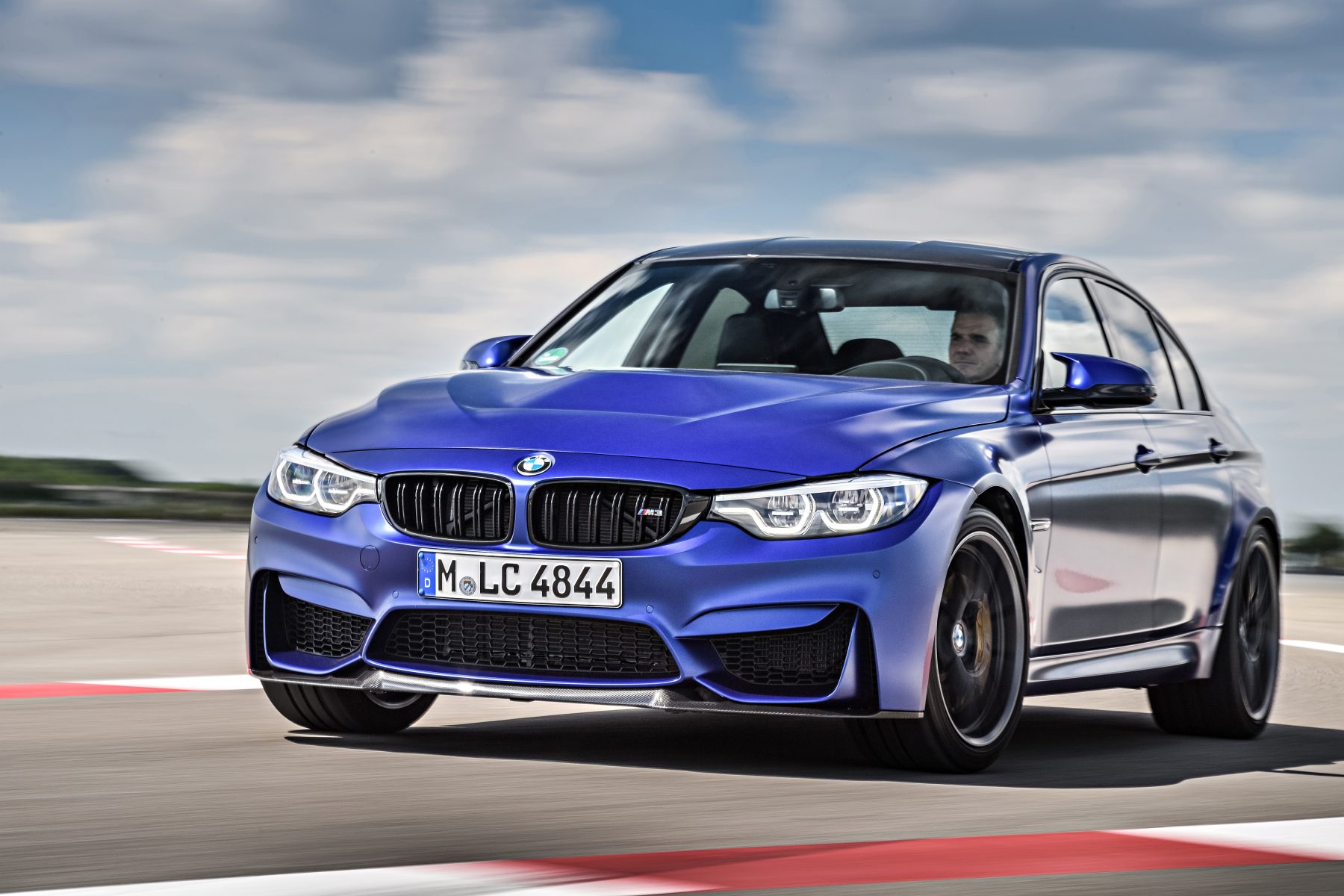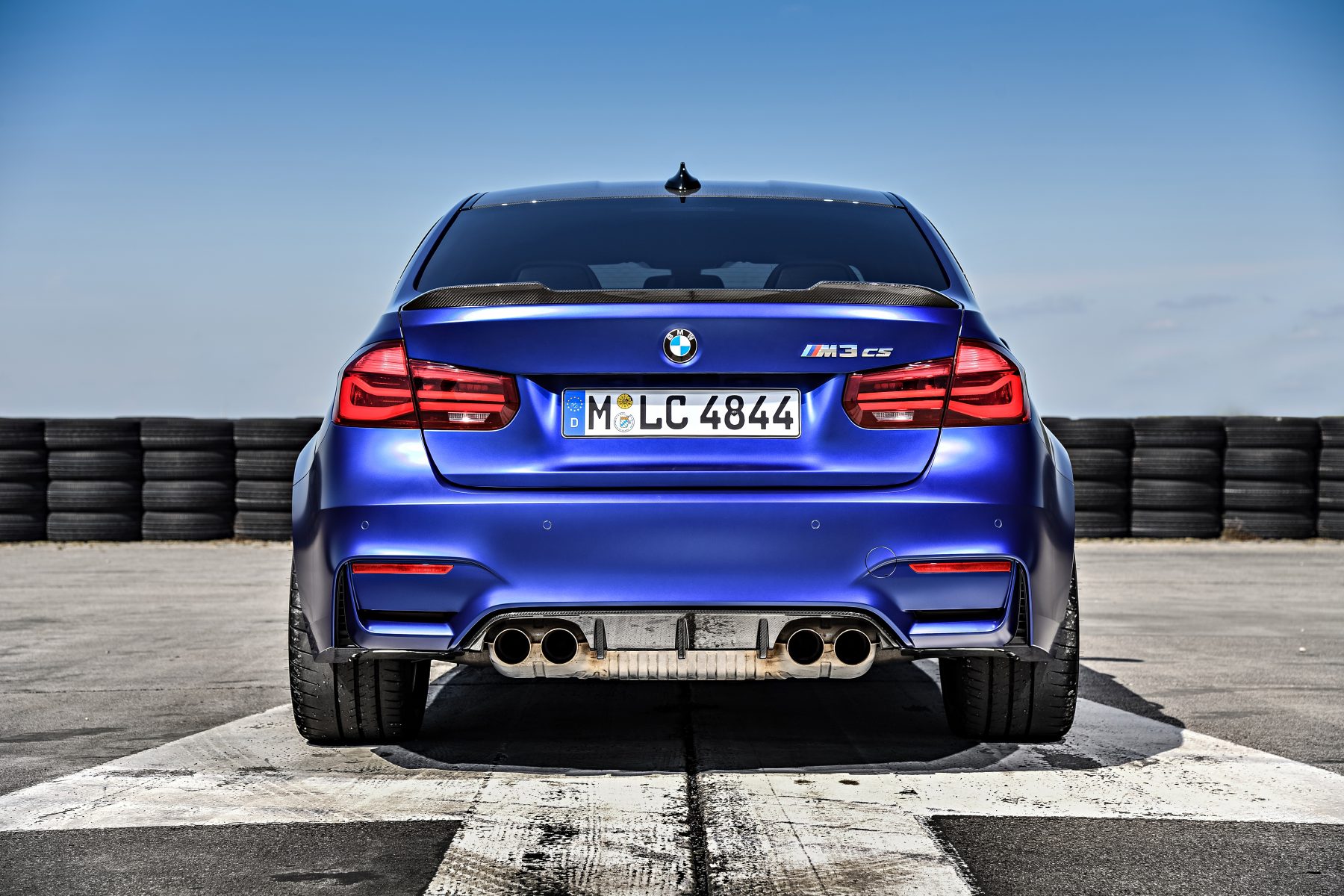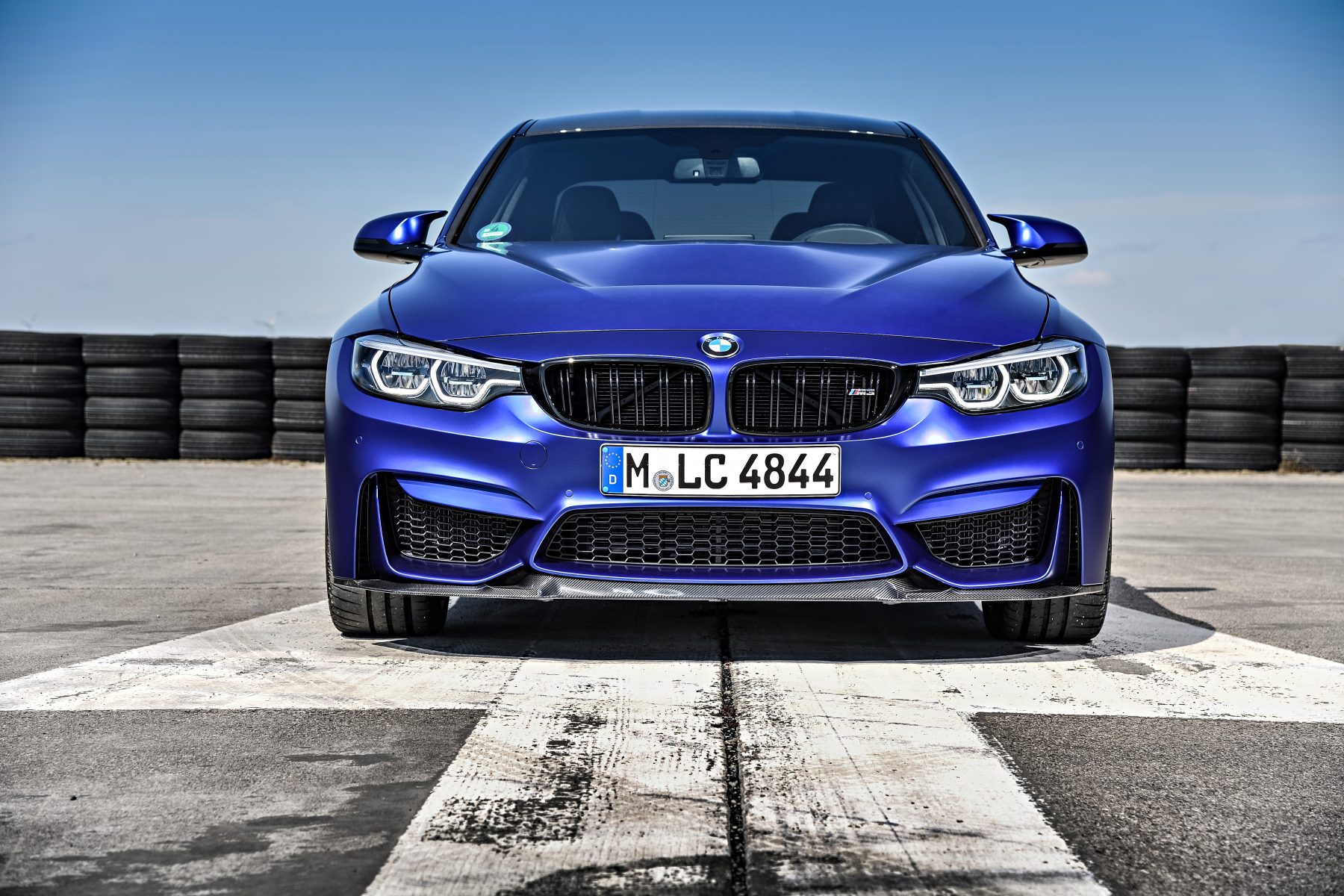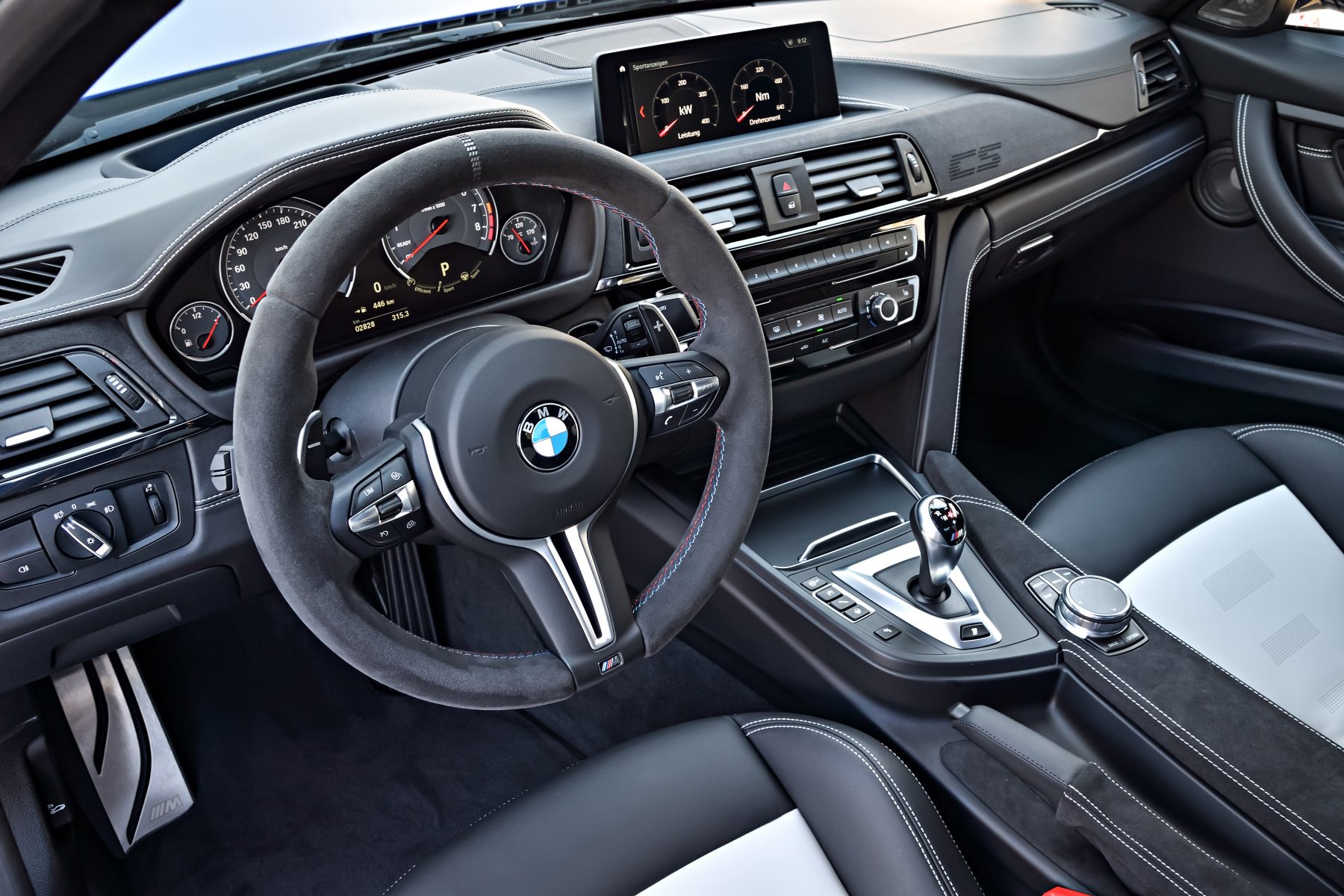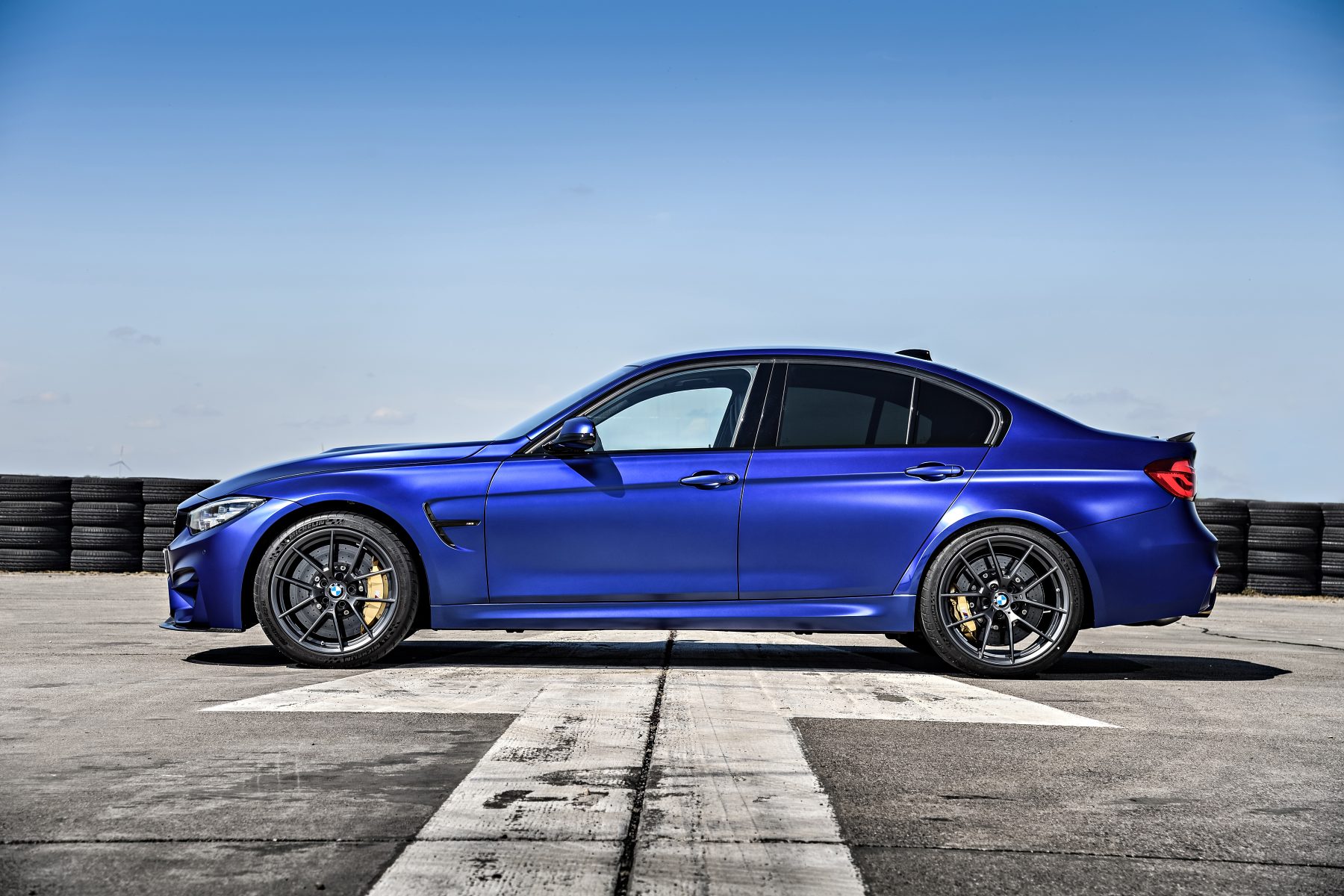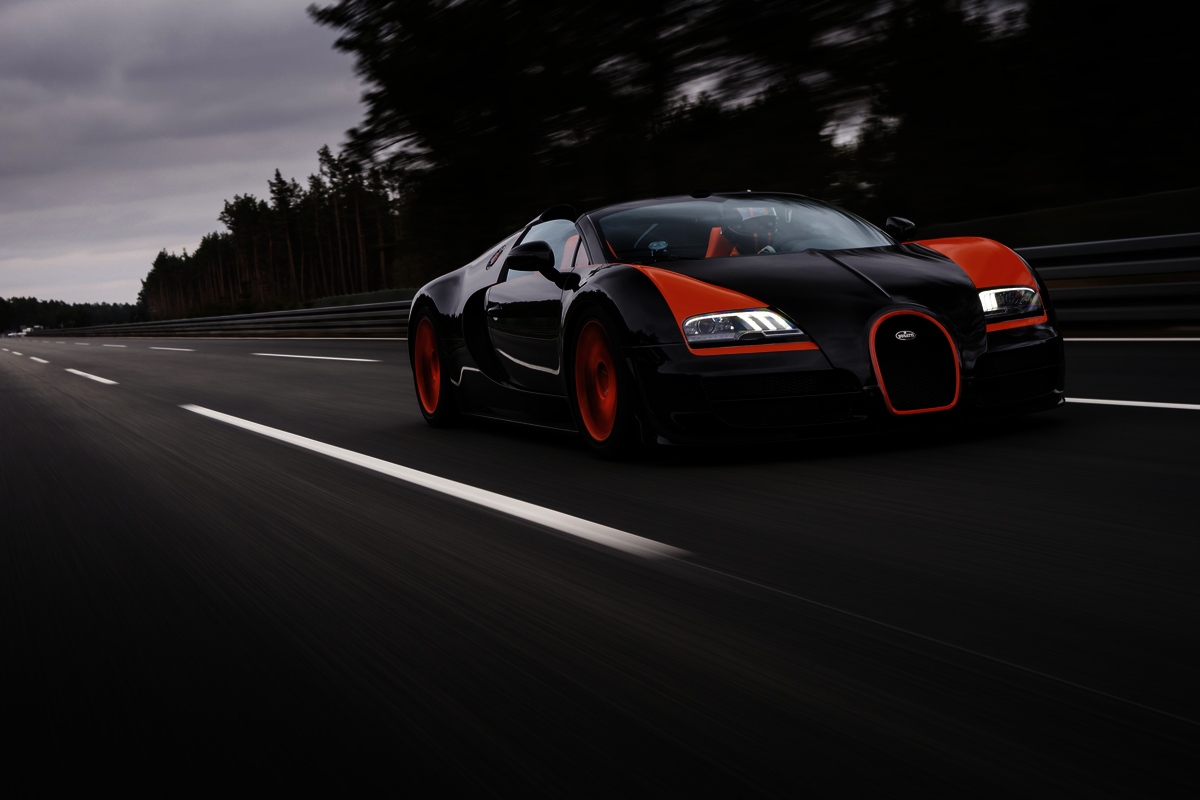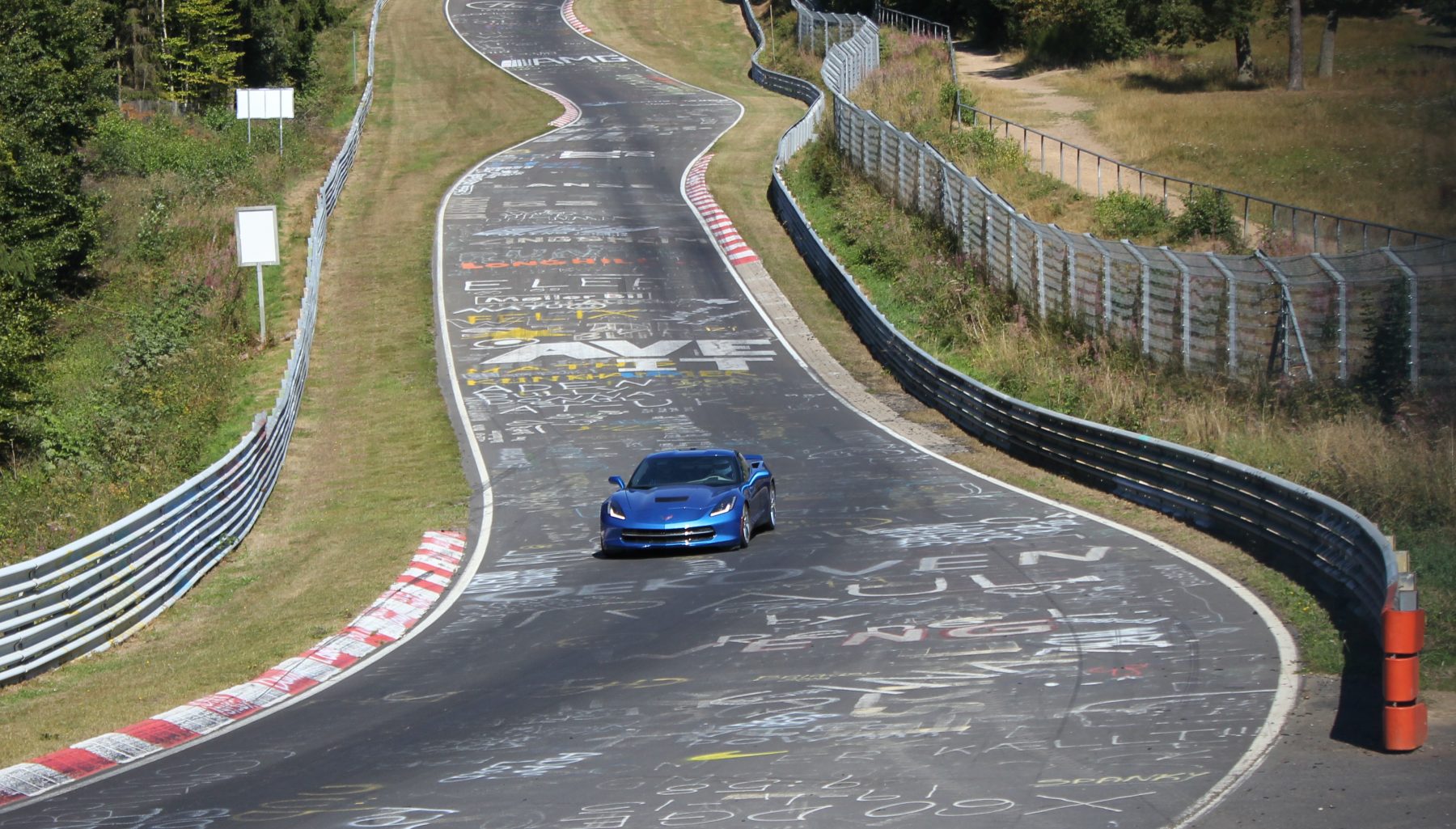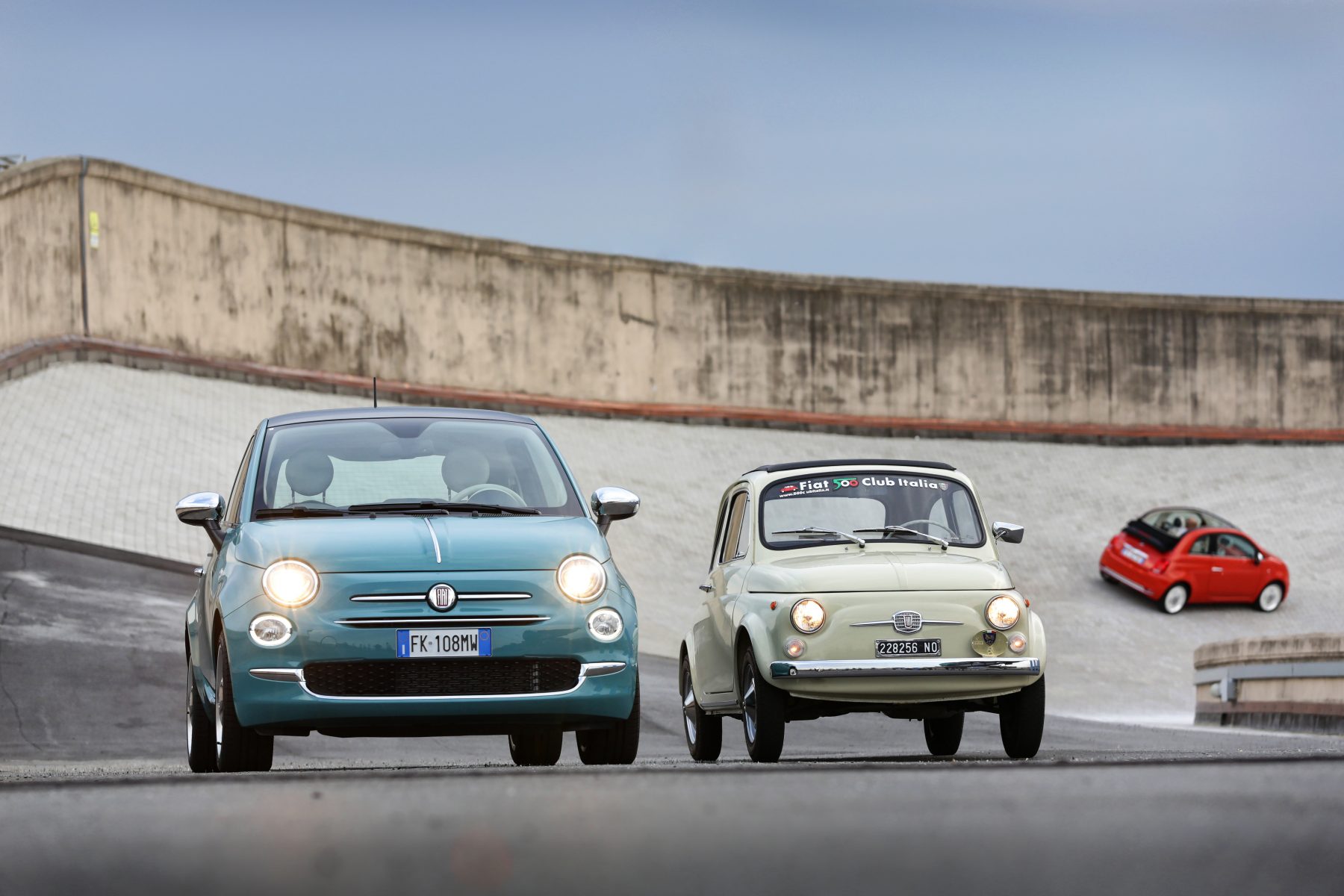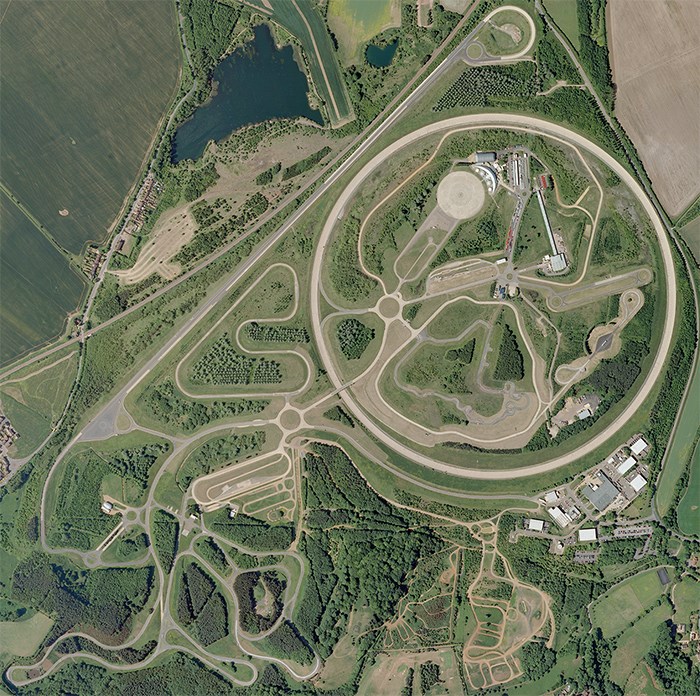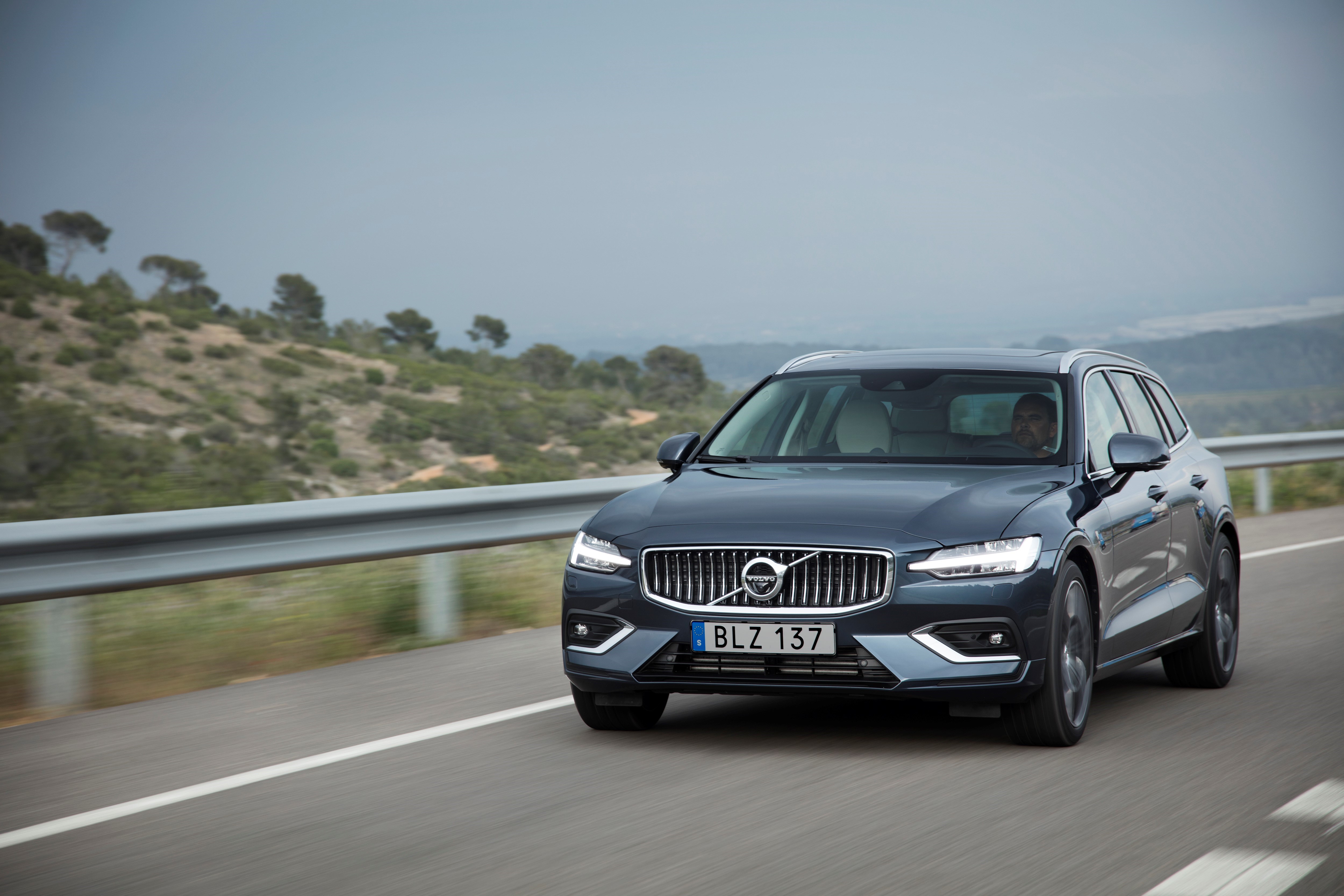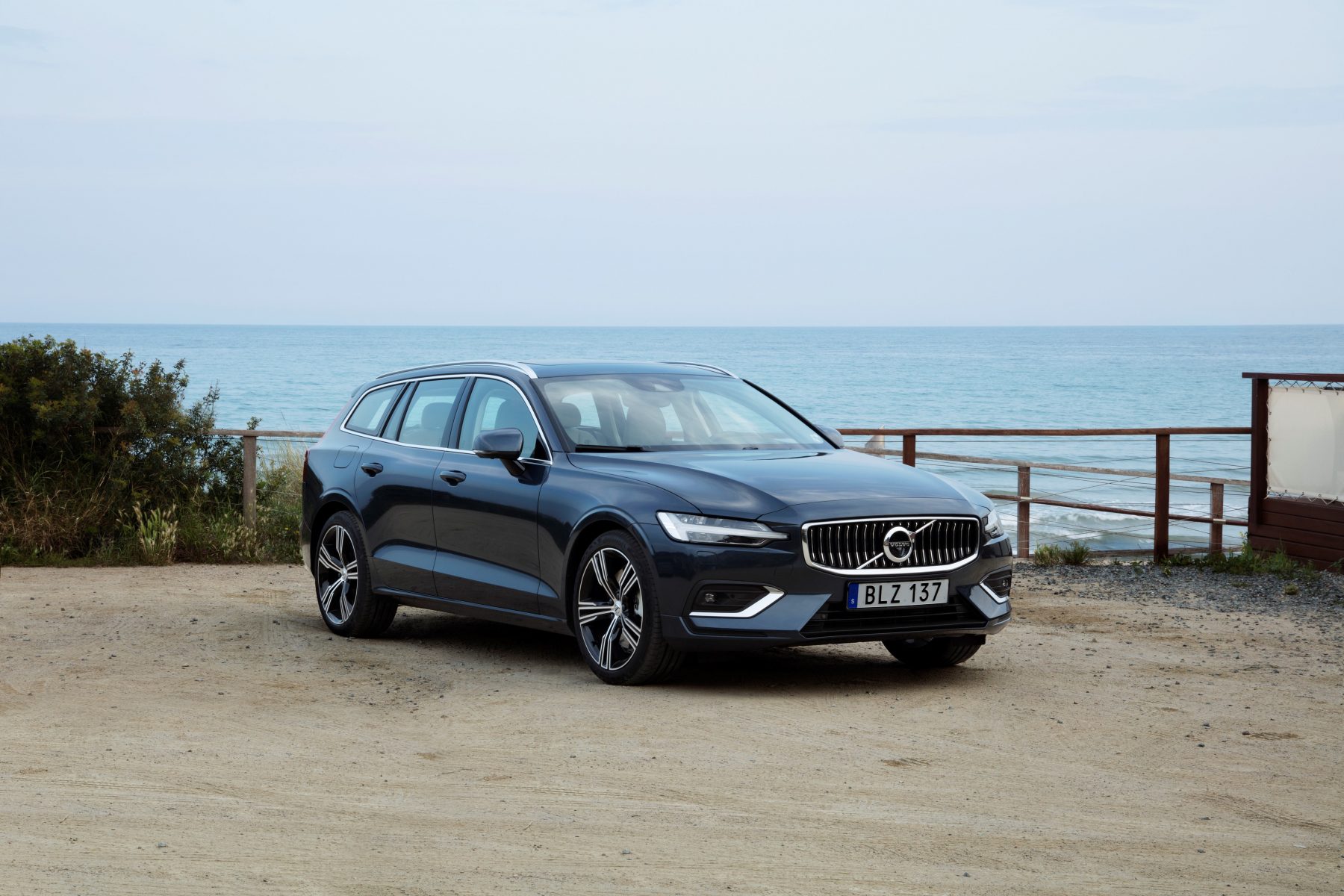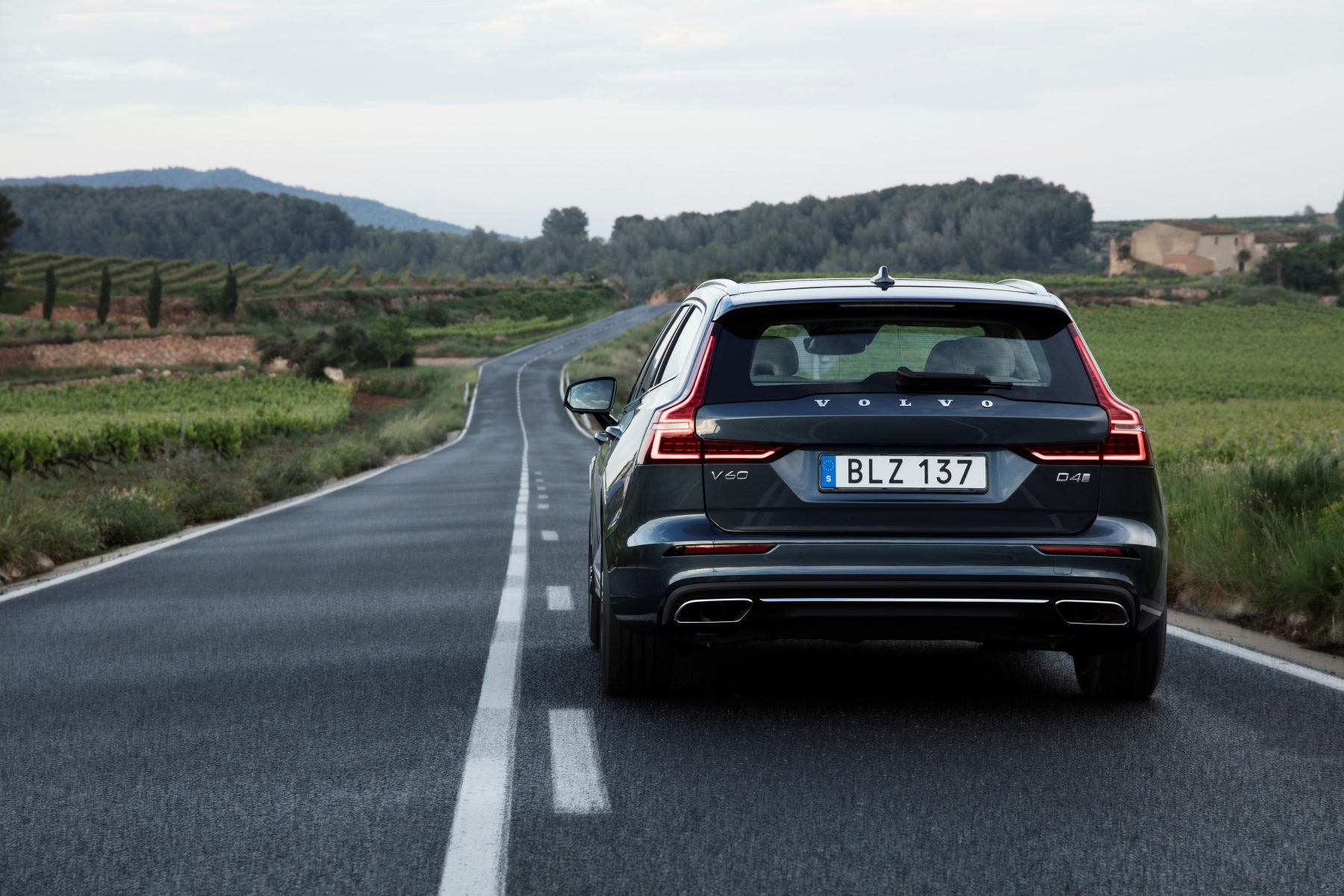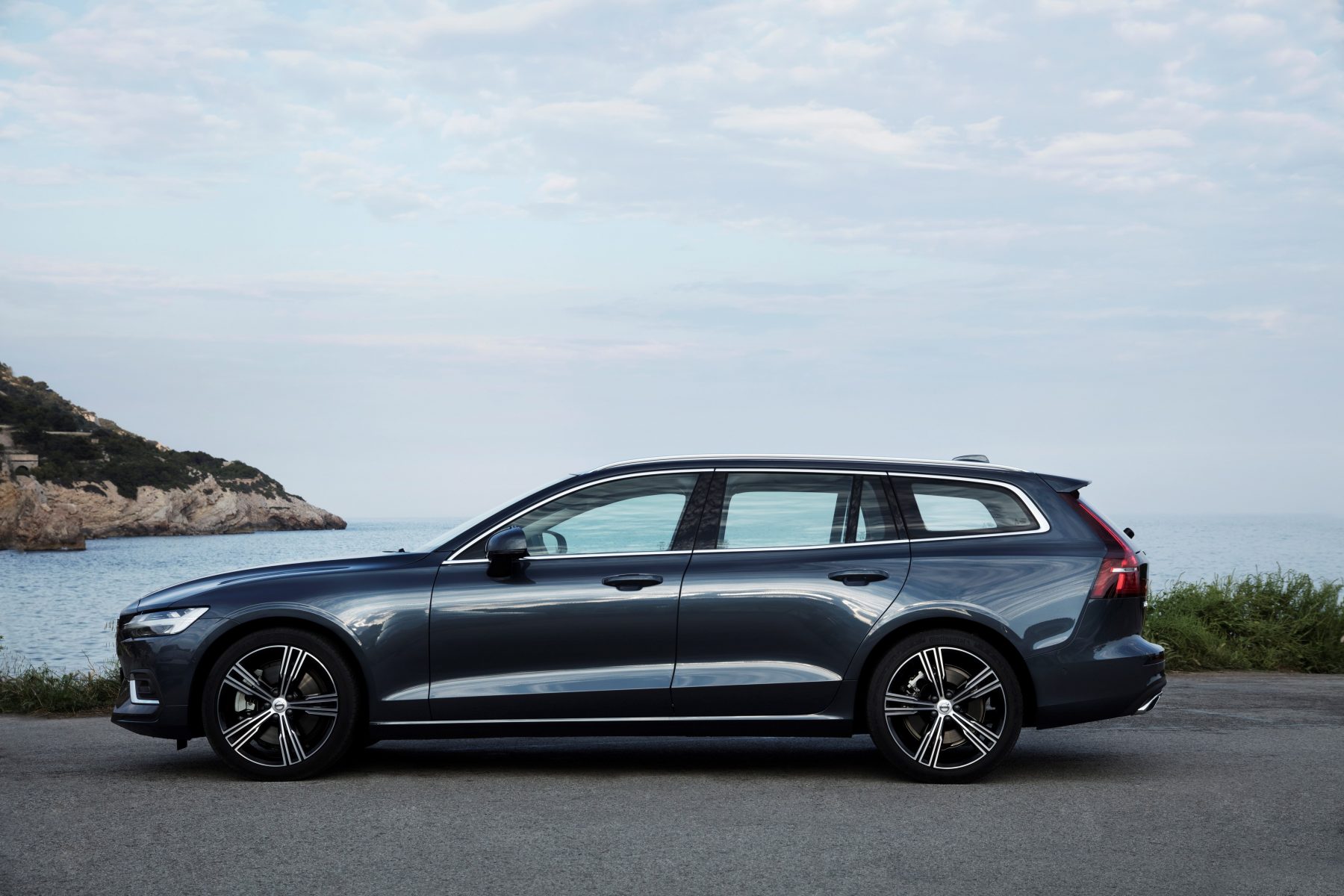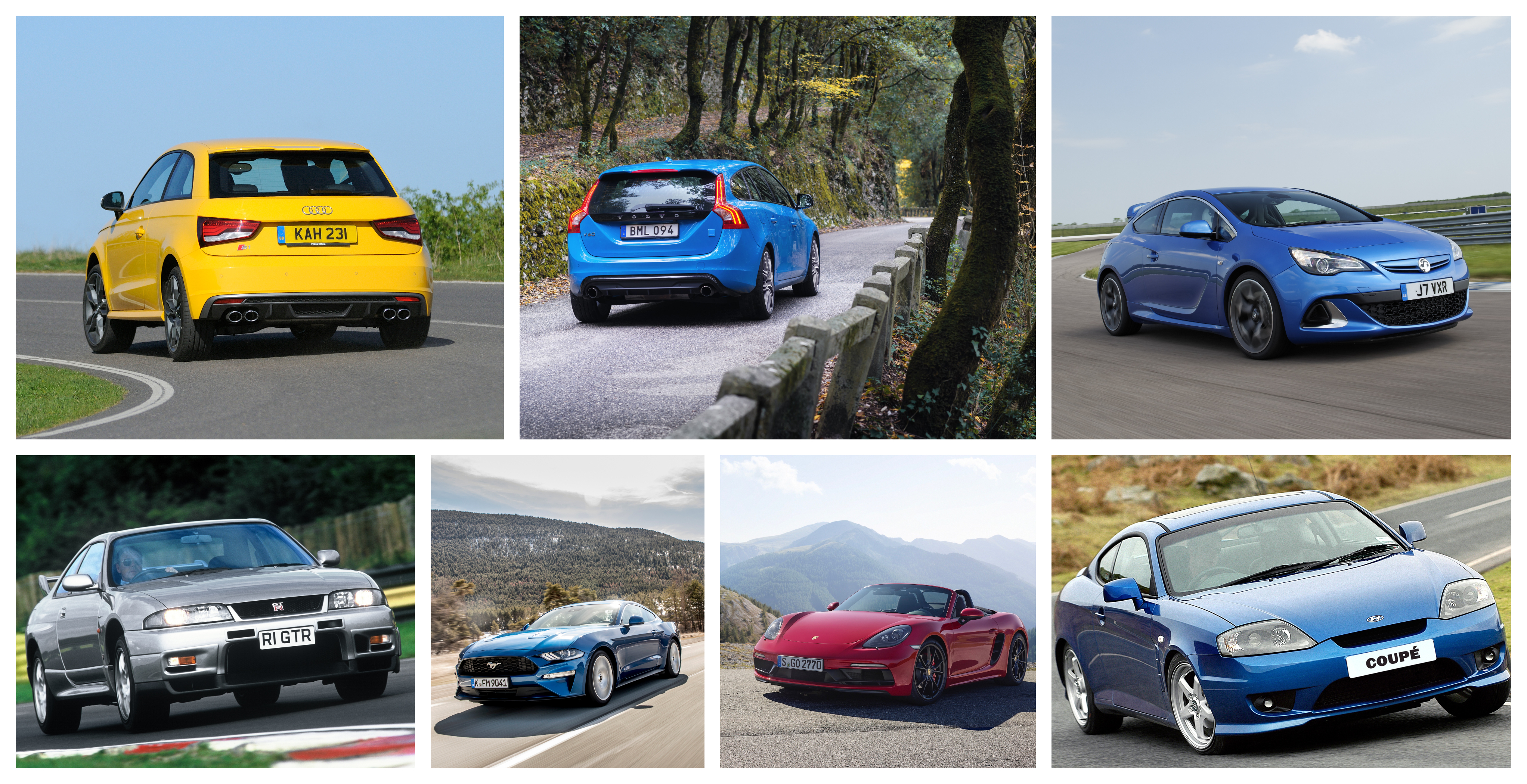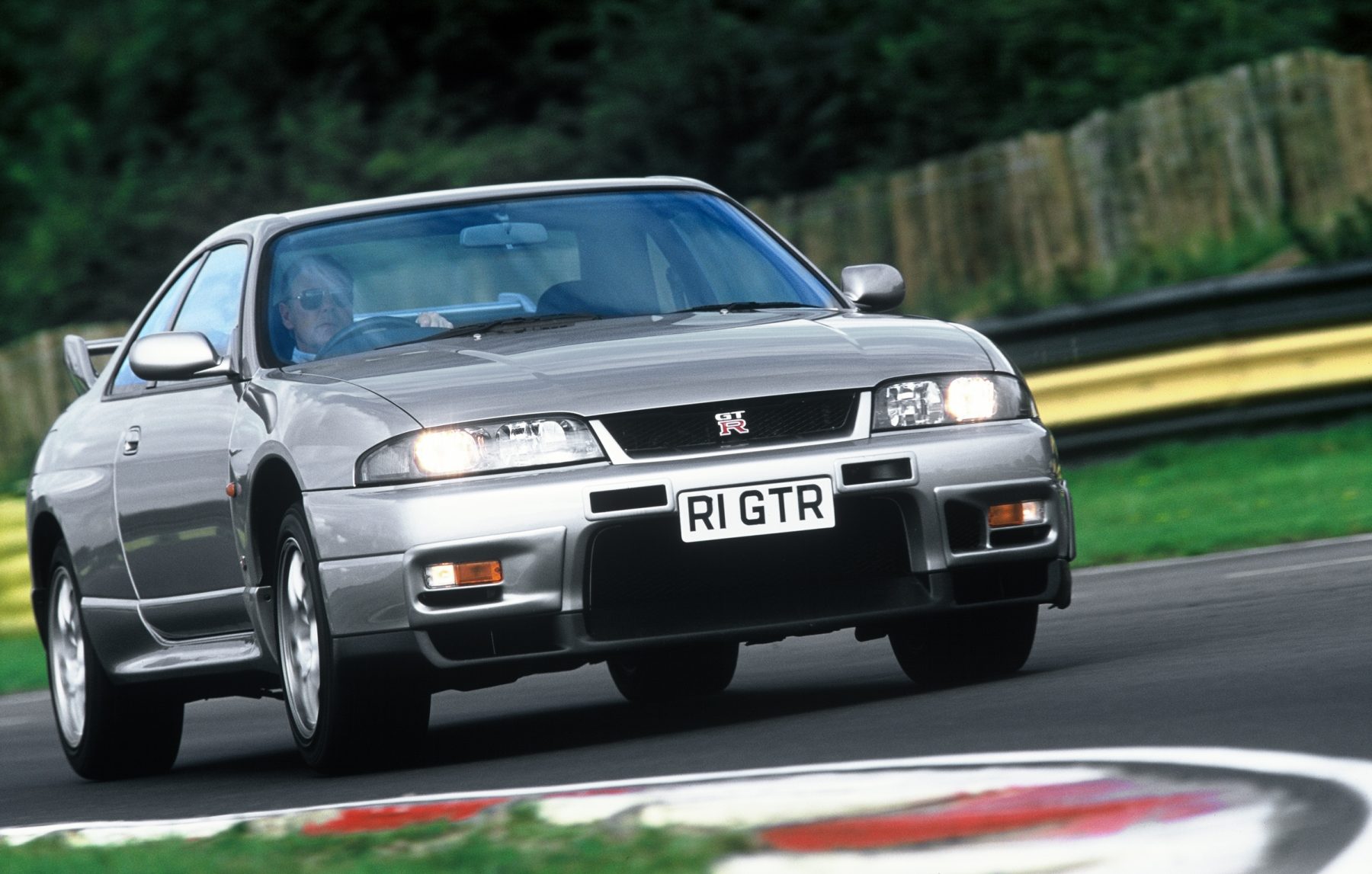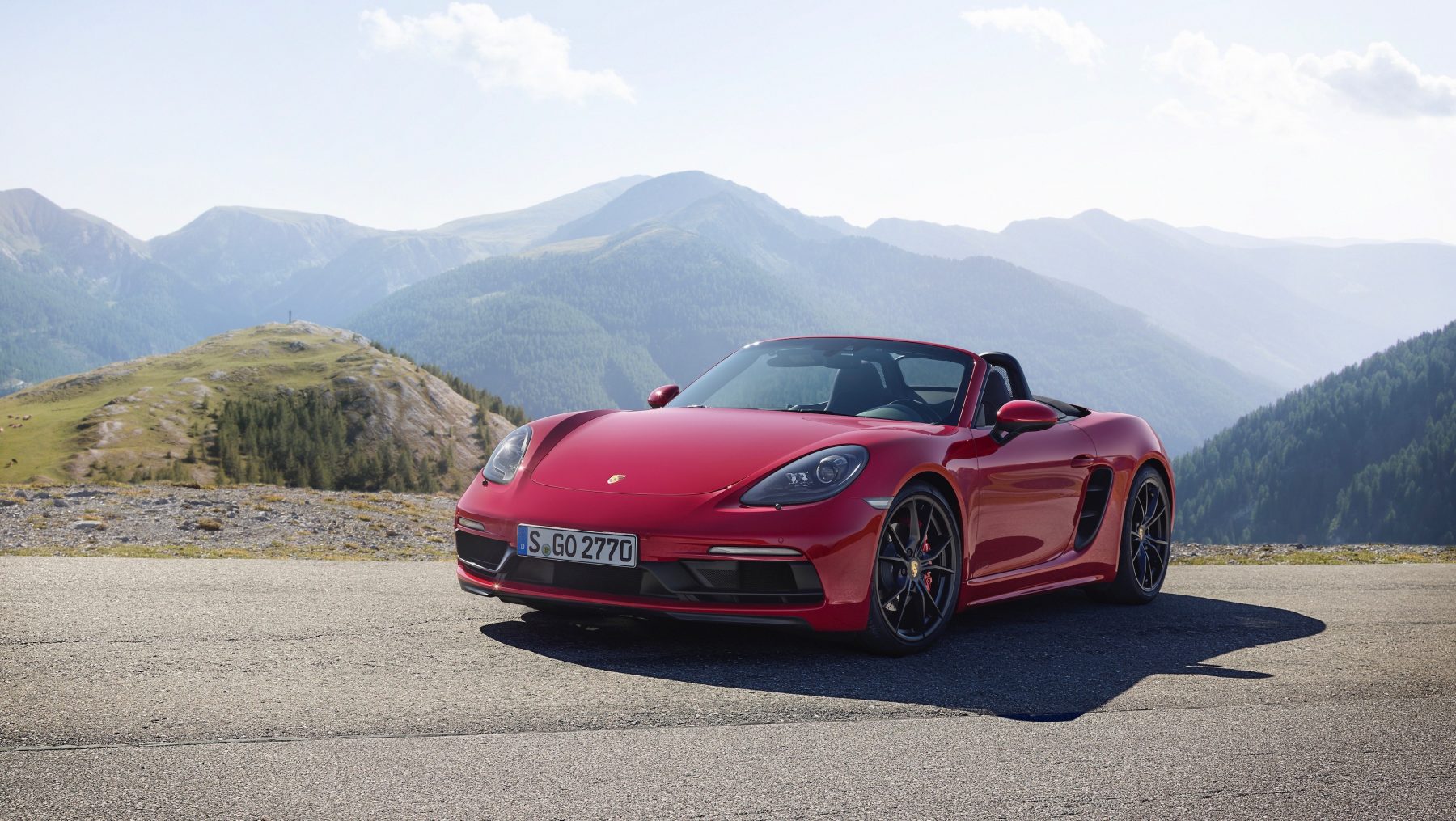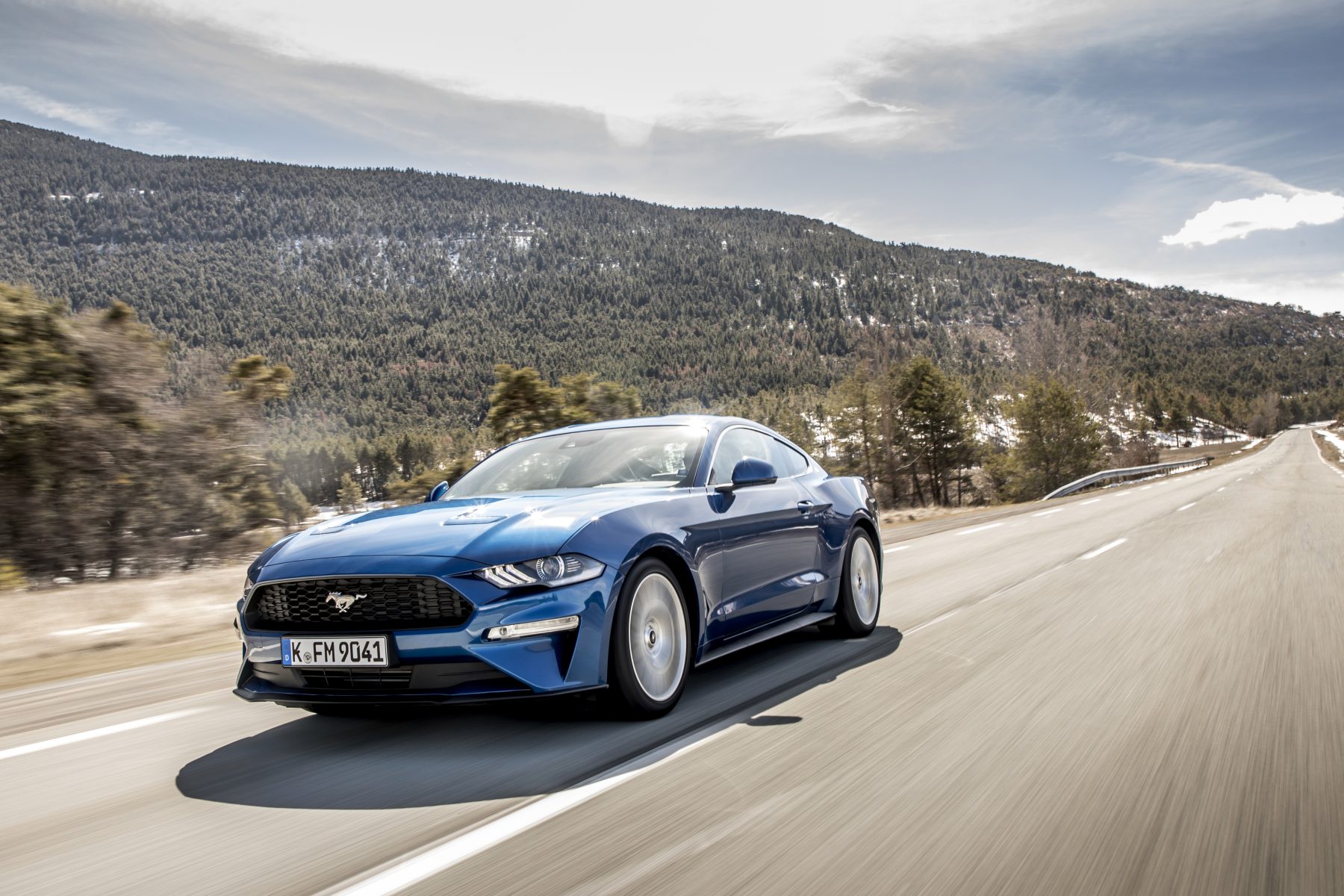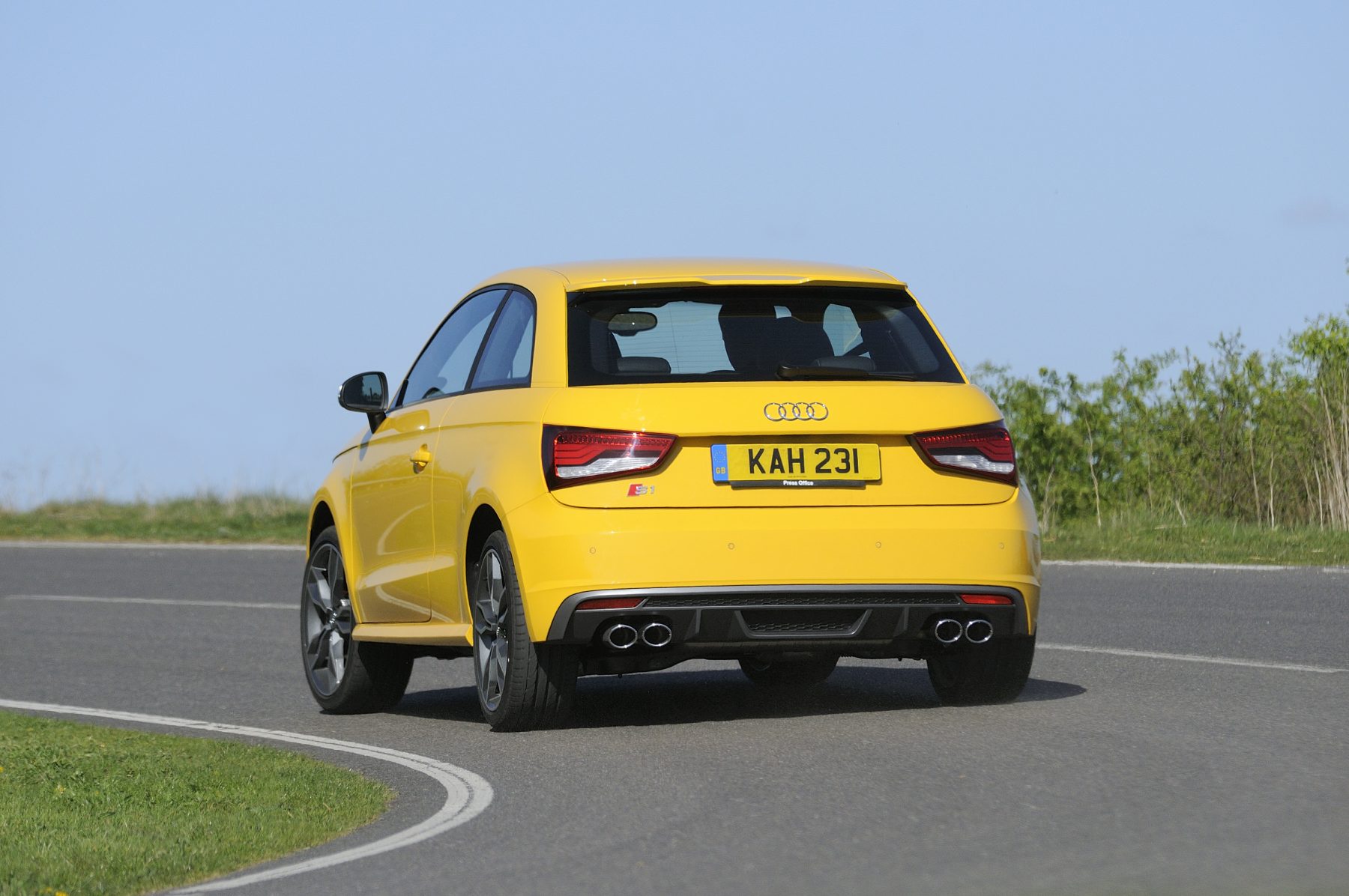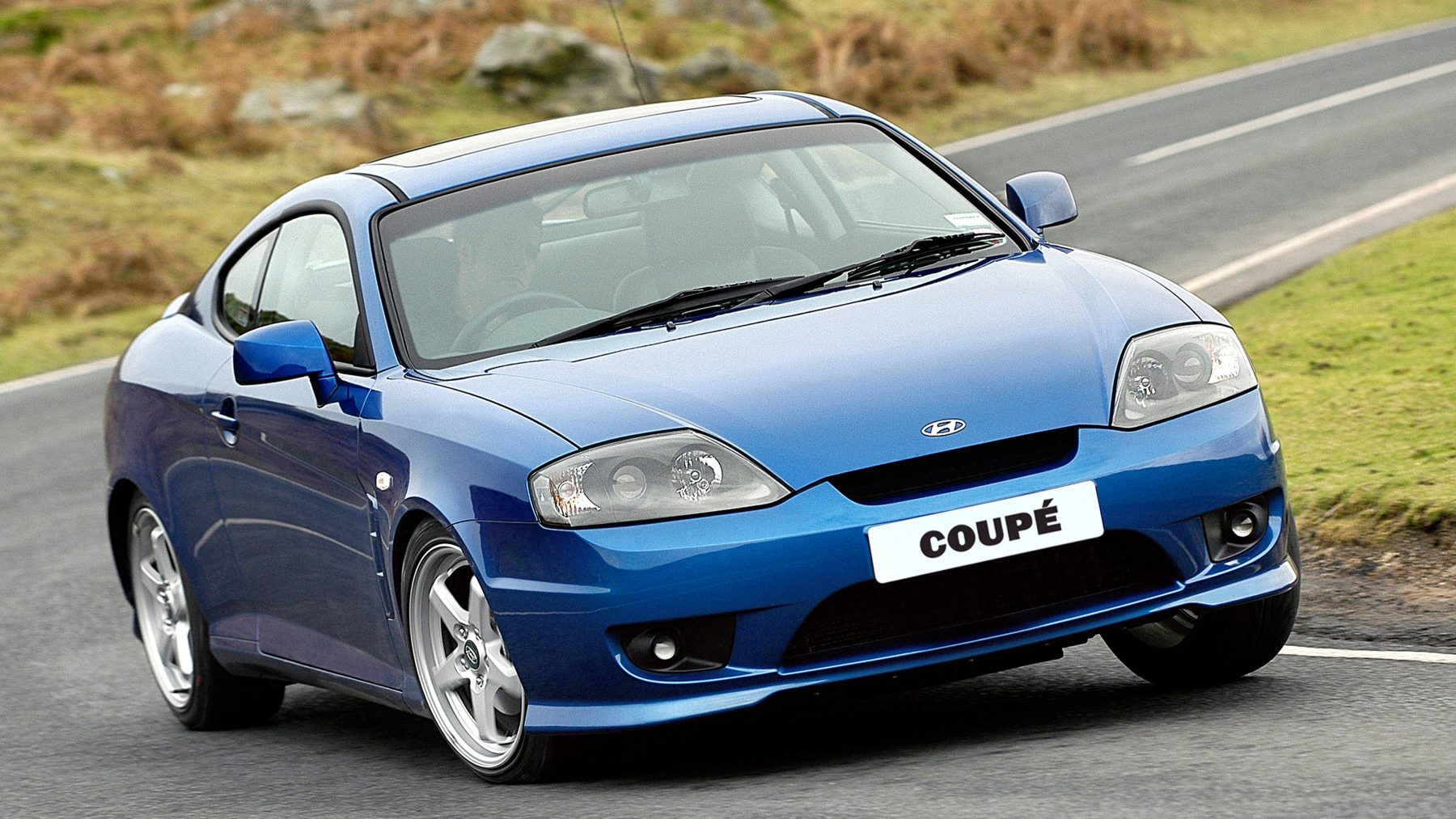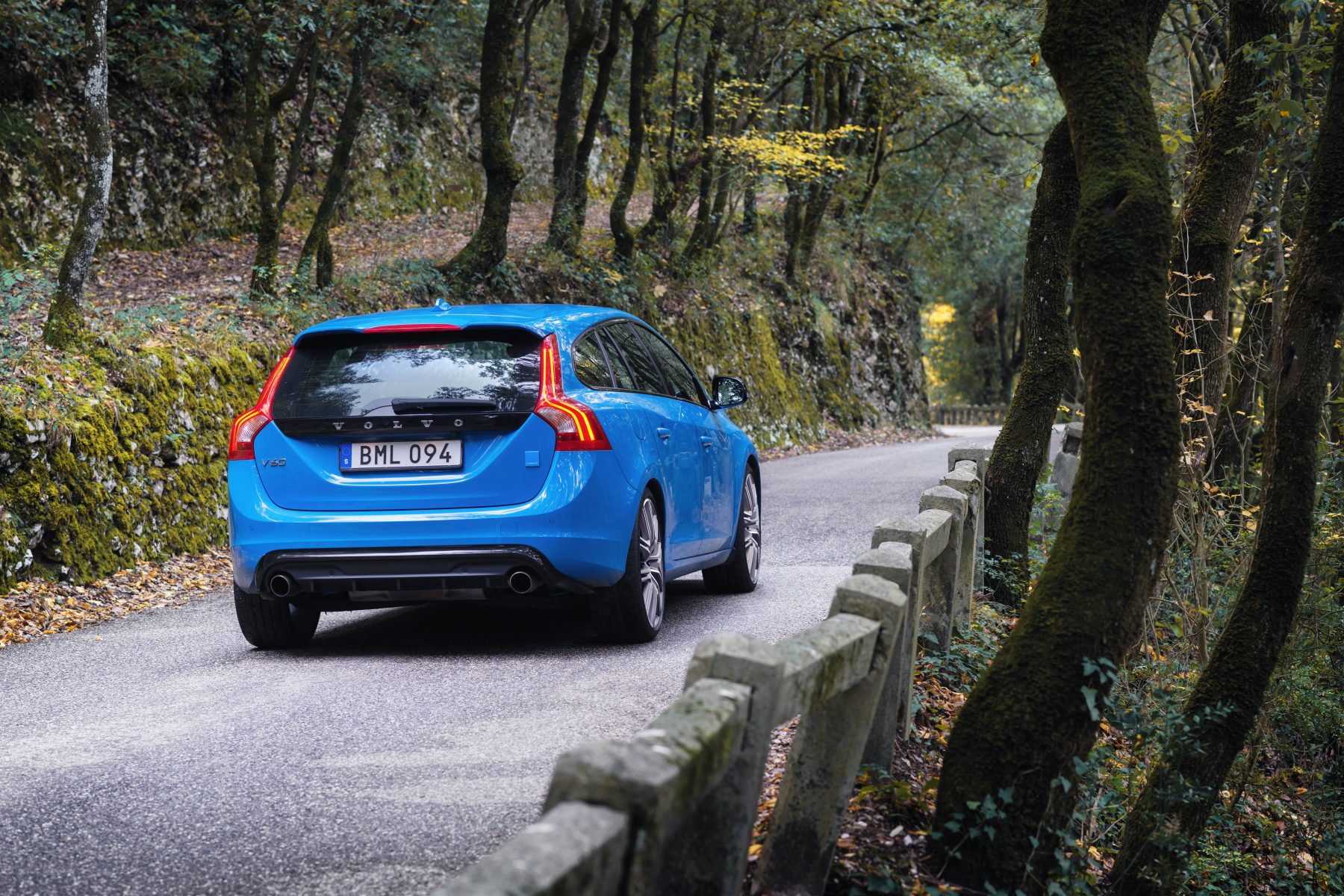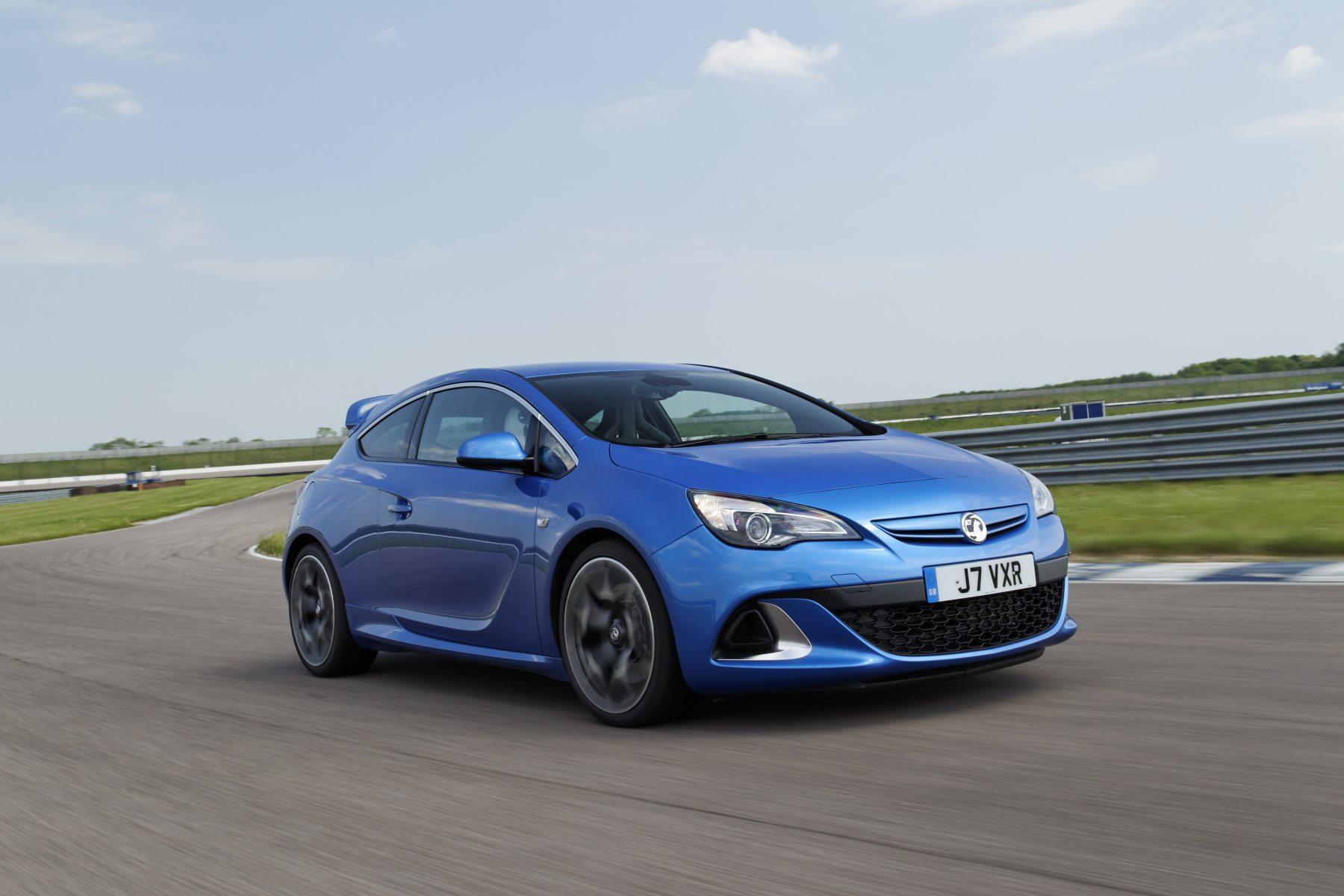As markets, technology and consumer tastes change, so do car manufacturers’ model ranges. Unfortunately, this can lead to the demise of some much-loved nameplates – culled at the hands of the company accountants.
We miss some of these cars like we do departed relatives, and many enthusiasts take it as a personal insult if a manufacturer drops a model range that’s dear to their hearts. We’ve rounded up seven of our favourites from days gone by…
Honda S2000
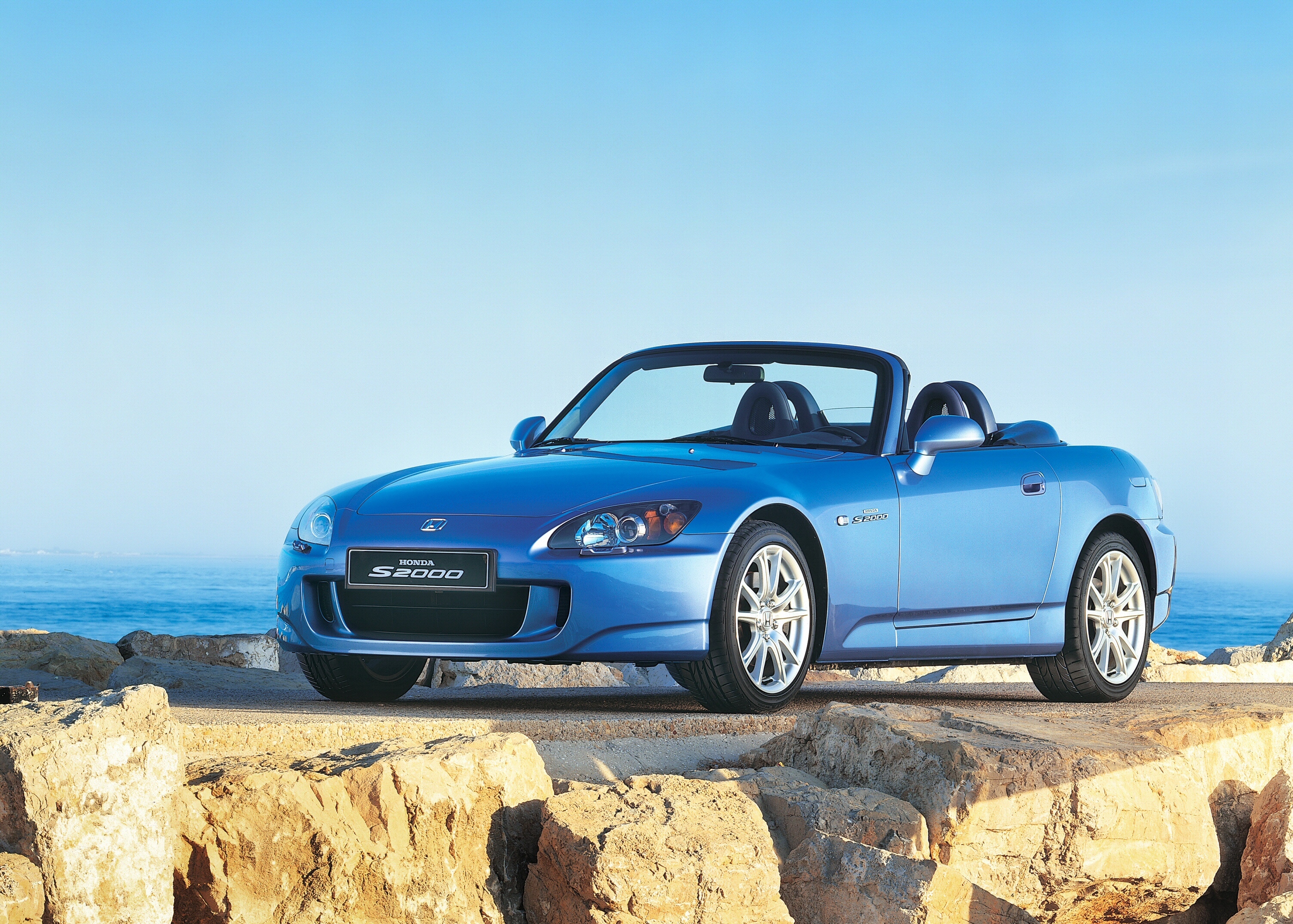
The current Honda performance range operates at extreme ends of the performance spectrum – there’s the £30k Civic Type R and the £140k NSX. A reborn S2000 would, in our eyes, be a brilliant addition to the range, especially if it channels the character of the original.
The old car is a Japanese performance icon, with an engine that would rev to a staggering 9,000rpm – with peak power not arriving until 7,500rpm. That meant that performance from the 2.0-litre VTEC engine was hard-won but utterly intoxicating.
VW Caddy pickup
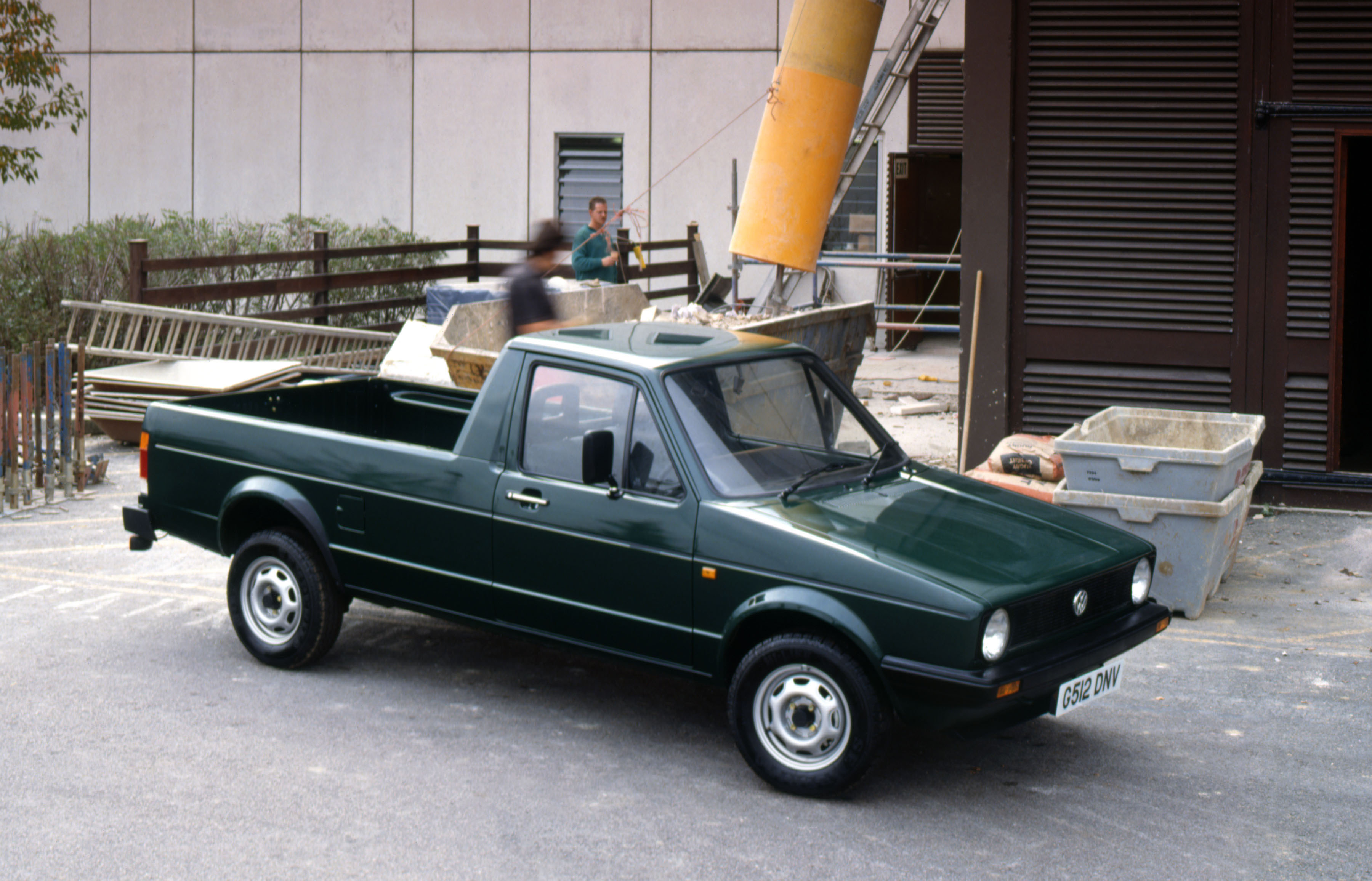
Name a small pickup truck that you can buy right now in the UK. We’ll wait. You can’t think of one, can you? While small, car-based pickups used to be common, they’ve all been phased out in favour of massive, bloated trucks – united in their goal to carry over a tonne in the load bed to qualify for tax-busting commercial vehicle status.
We say bring back small pickup trucks, such as the VW Caddy, for those who need load-lugging ability but don’t want a vehicle the size of a planet with an agricultural diesel engine under the bonnet.
Citroen DS
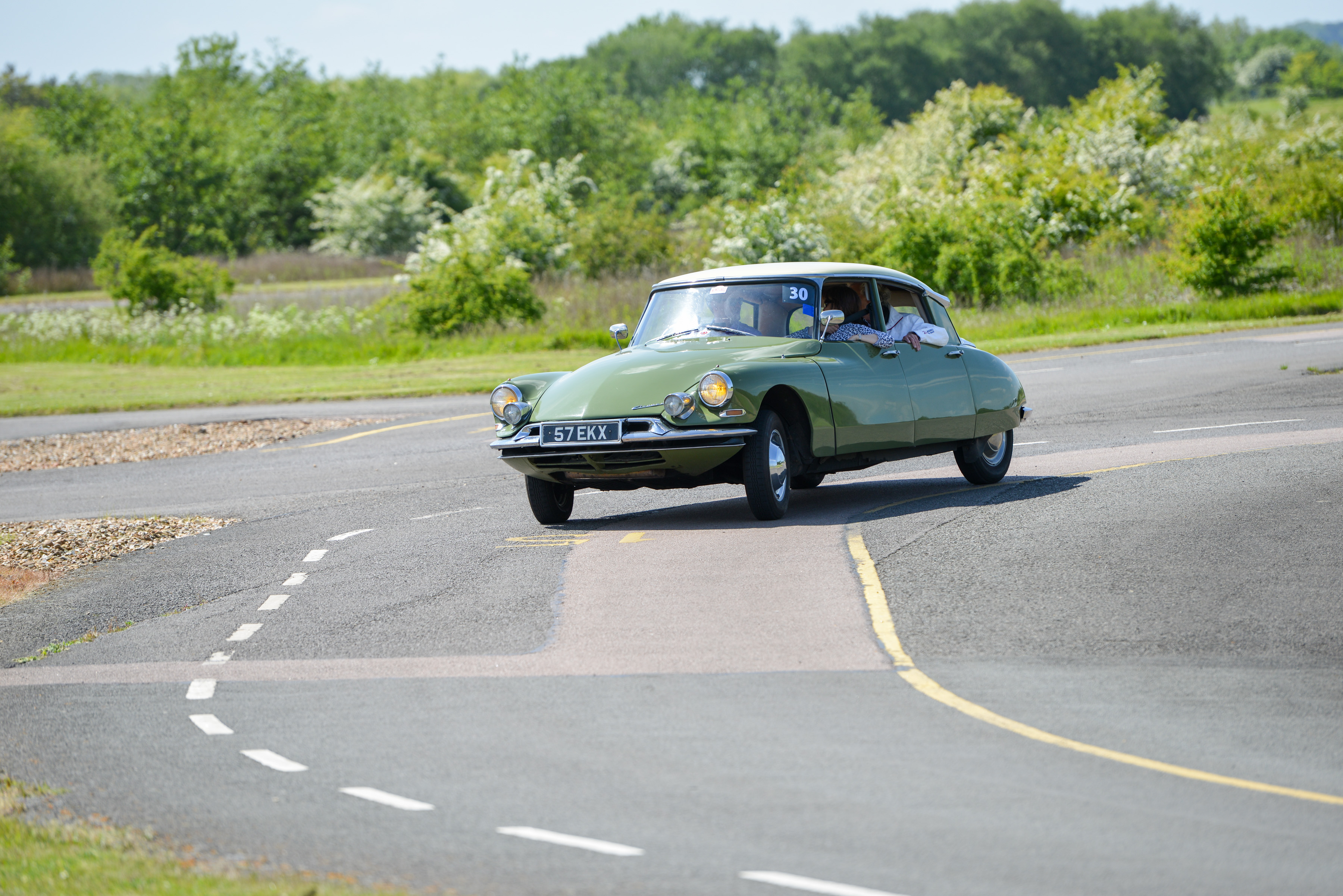
Citroen split off its DS nameplate a few years ago into a totally separate sub-brand, but the reborn company is yet to produce anything worthy of carrying the iconic badge. The original Citroen DS was an incredibly beautiful luxury car with a true ‘magic carpet’ ride – so far, all the modern DS has given us is a cute supermini, an awful hatchback, a bloated and uncomfortable executive car and a brash SUV.
Come on, DS – give the people what they’re crying out for. In our minds, we’re picturing avant-garde styling aboard a platform shared with the Peugeot 508. The interior must be spacious and quirky but, crucially, it has to have hydraulic suspension. We’d buy it in a heartbeat.
Mazda RX-7
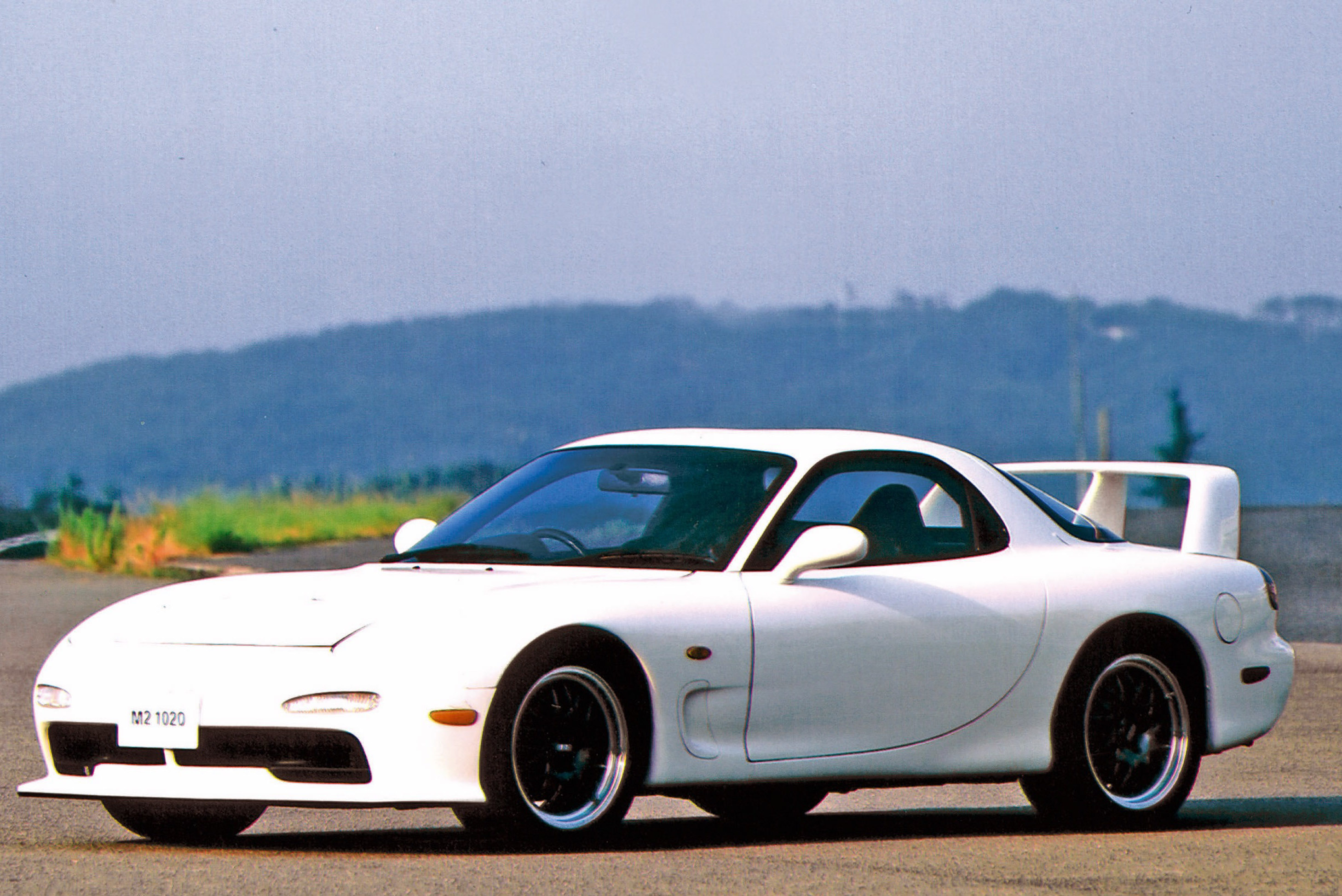
Although Mazda made a successor to the RX-7 in the RX-8, it failed to capture the essence of the legendary rotary machine.
Over the course of a 24-year production run and three model generations – the last of which was arguably the greatest – the wankel-powered monster gained fame for its incredible driving experience and glorious rotary engine note, wrapped up in ever-more sleek and sexy bodies.
Mazda is on a roll at the moment, and we think there’s no better time than now for it to reintroduce its most famous machine.
Renault Espace
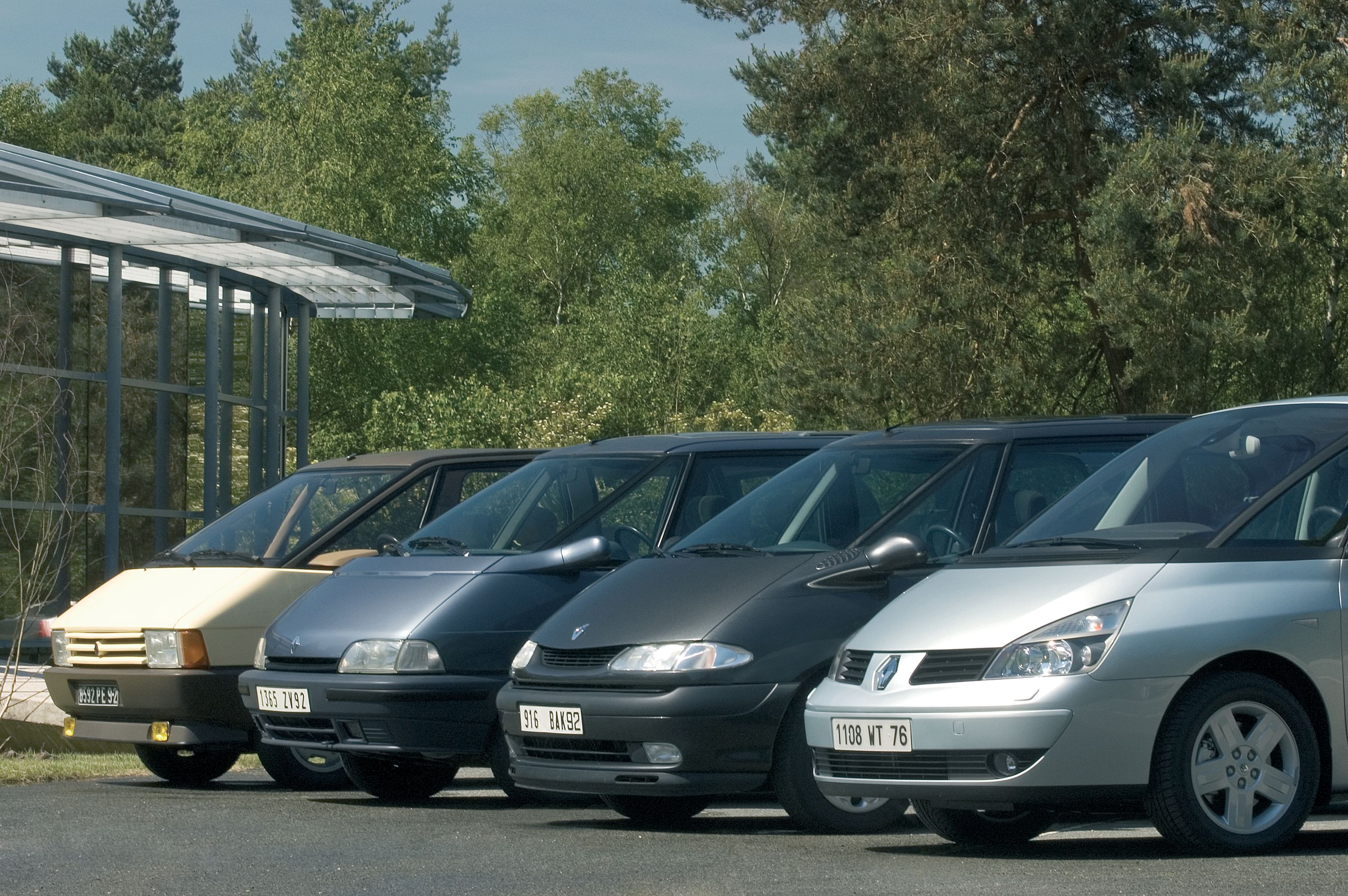
Renault does actually produce its fifth-generation Espace for the continental market – the nameplate was pulled from the UK because of slow sales. But the current incarnation is more SUV than MPV and strays about as far from the original Espace’s formula as it’s possible to get.
At one point, the Espace was the best MPV on the roads. We want to see a return to that with good driving manners, palatial space in a clever and uniquely French interior and seven interchangeable, removable and hugely comfortable seats.
Toyota MR2
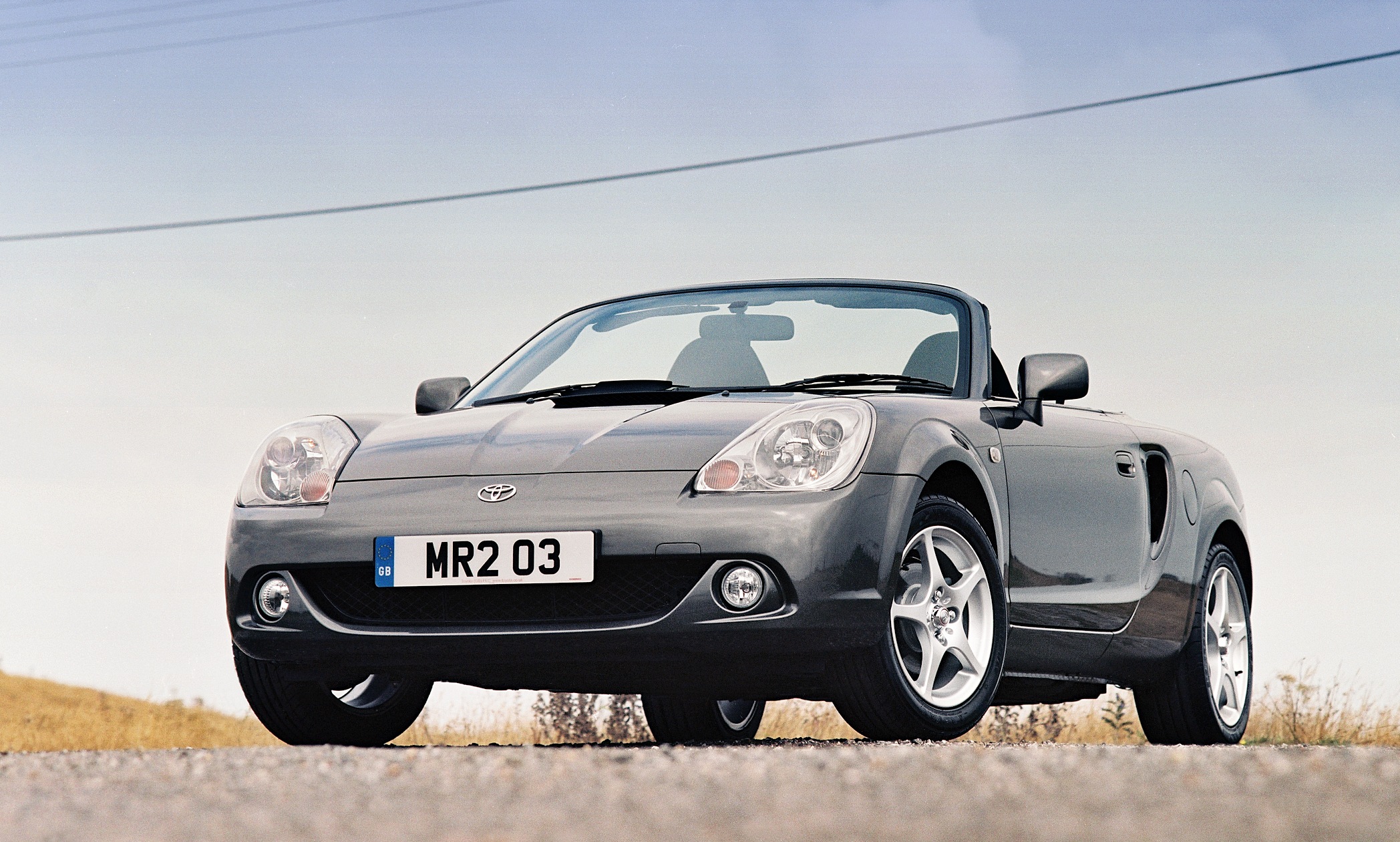
Mid-engined sports cars used to be cheap and attainable – now they’re £50k status symbols. Toyota’s MR2 was one of the most popular of these old-school pocket rockets, having been introduced in the 1980s and soldiering on until 2007.
Though the GT86 fills the gap in Toyota’s range for a reasonably priced, sporty machine, we miss the MR2 and the route it represented to affordable mid-engined ownership.
Volvo P1800
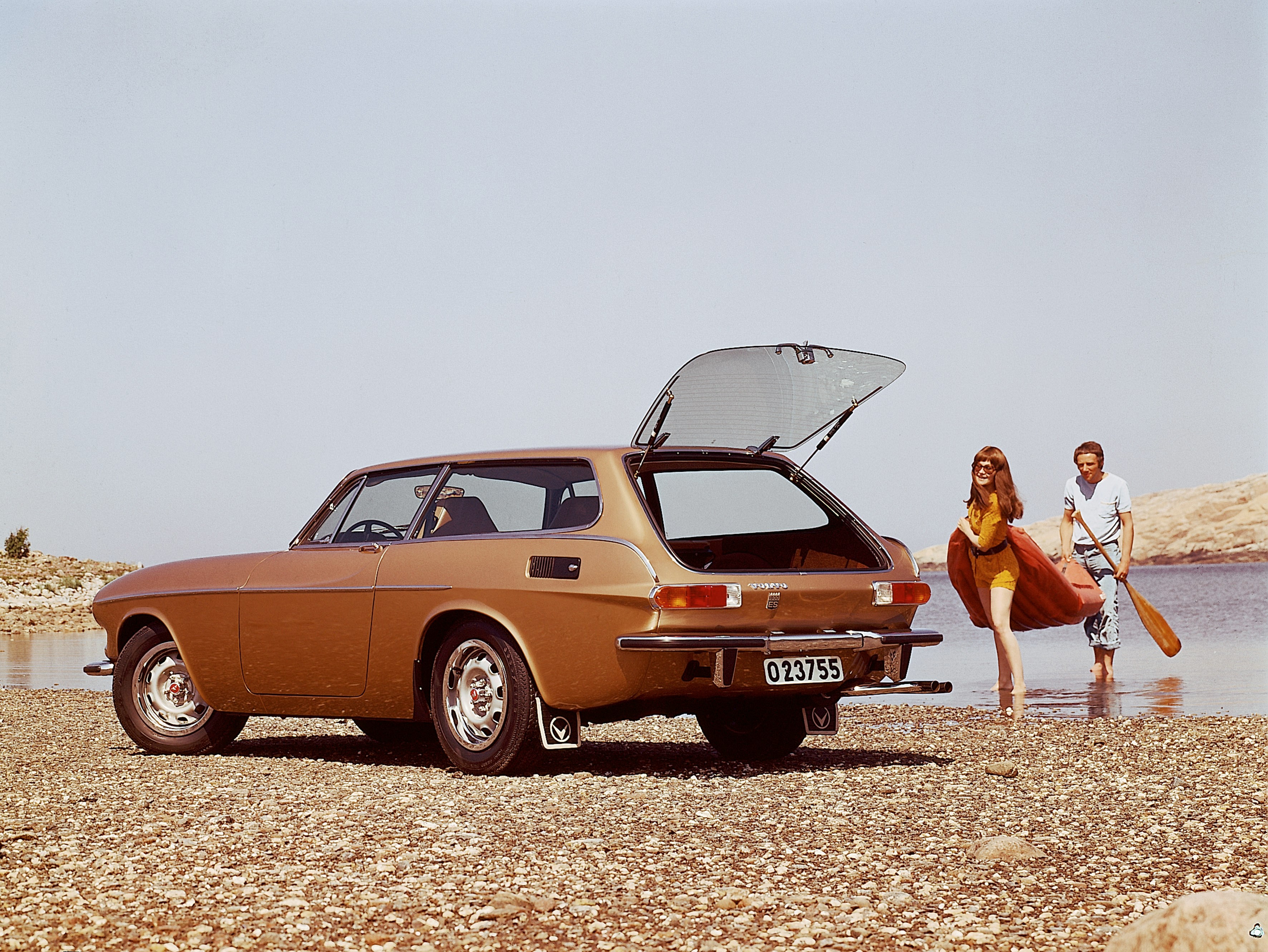
Sensible and Swedish they may be, but Volvo’s latest range of products is also seriously stylish. Just the time for a reborn version of the P1800 then, right?
There’s just something about that shooting-brake silhouette that makes the P1800 one of the coolest cars of all time, and it’s a shape we can see working very well with the current Volvo design language. Heck, hand it over to Polestar and we’ll gladly take a performance version too…


